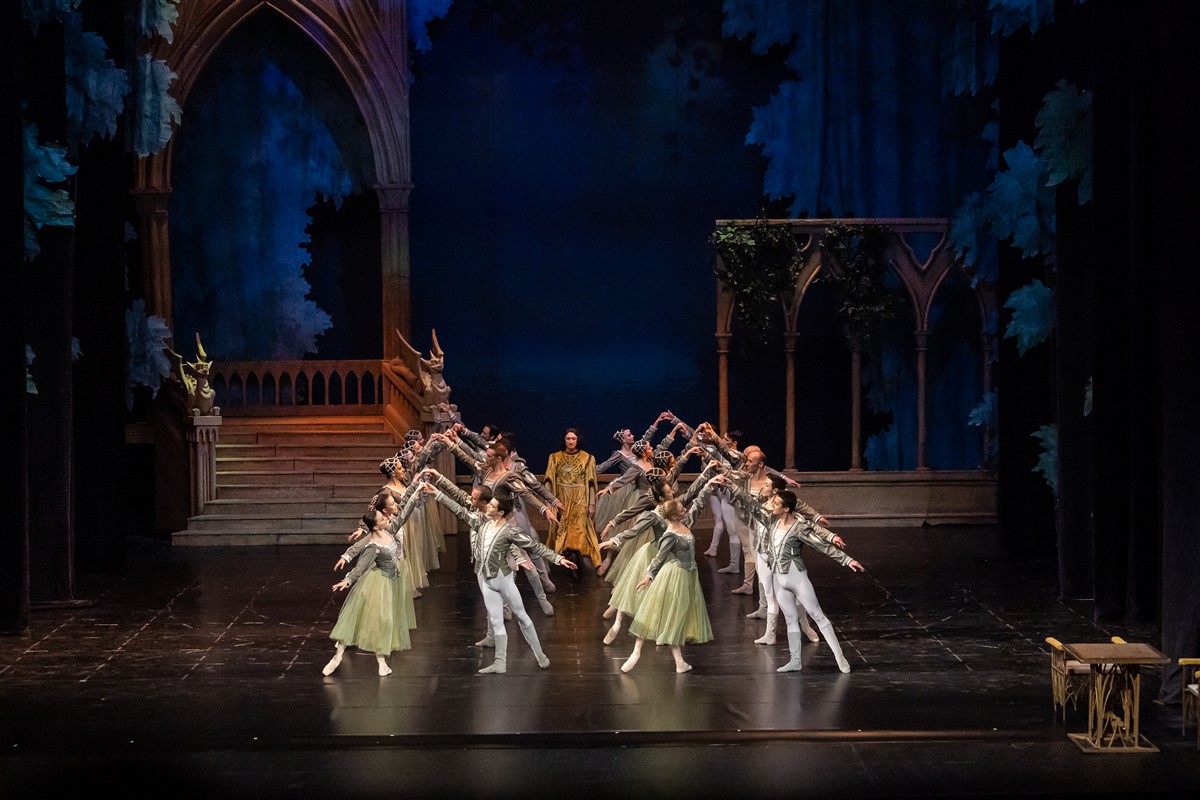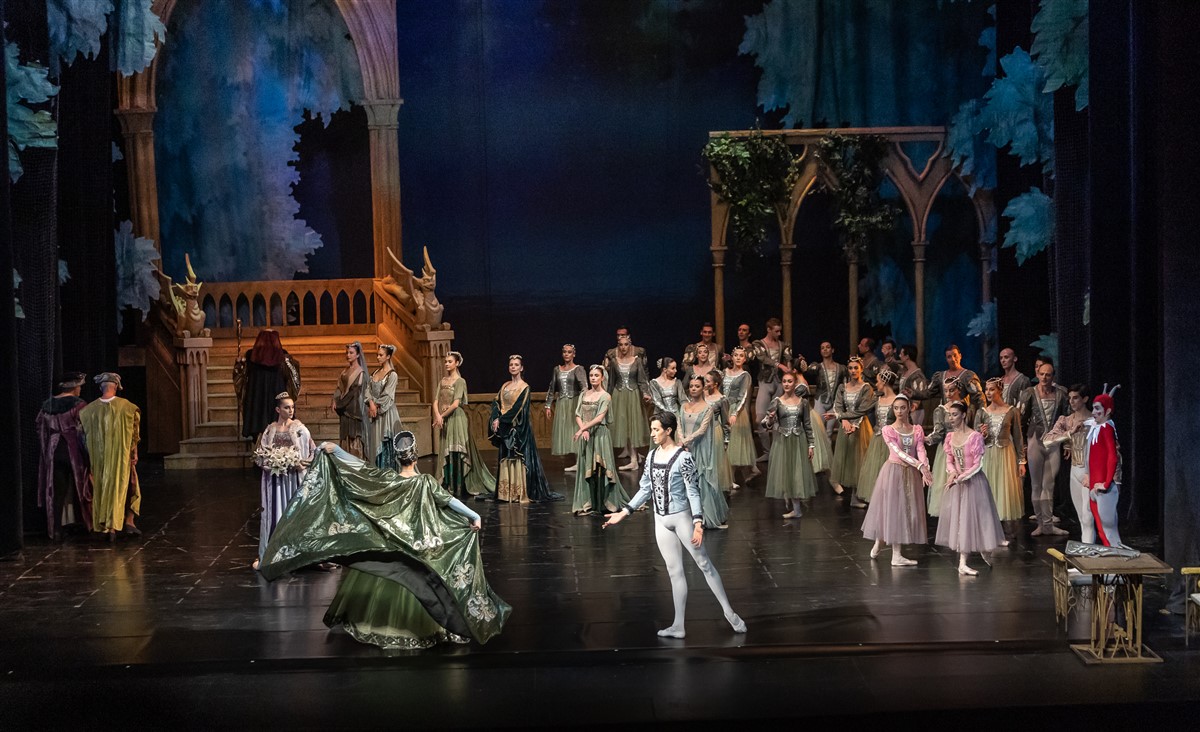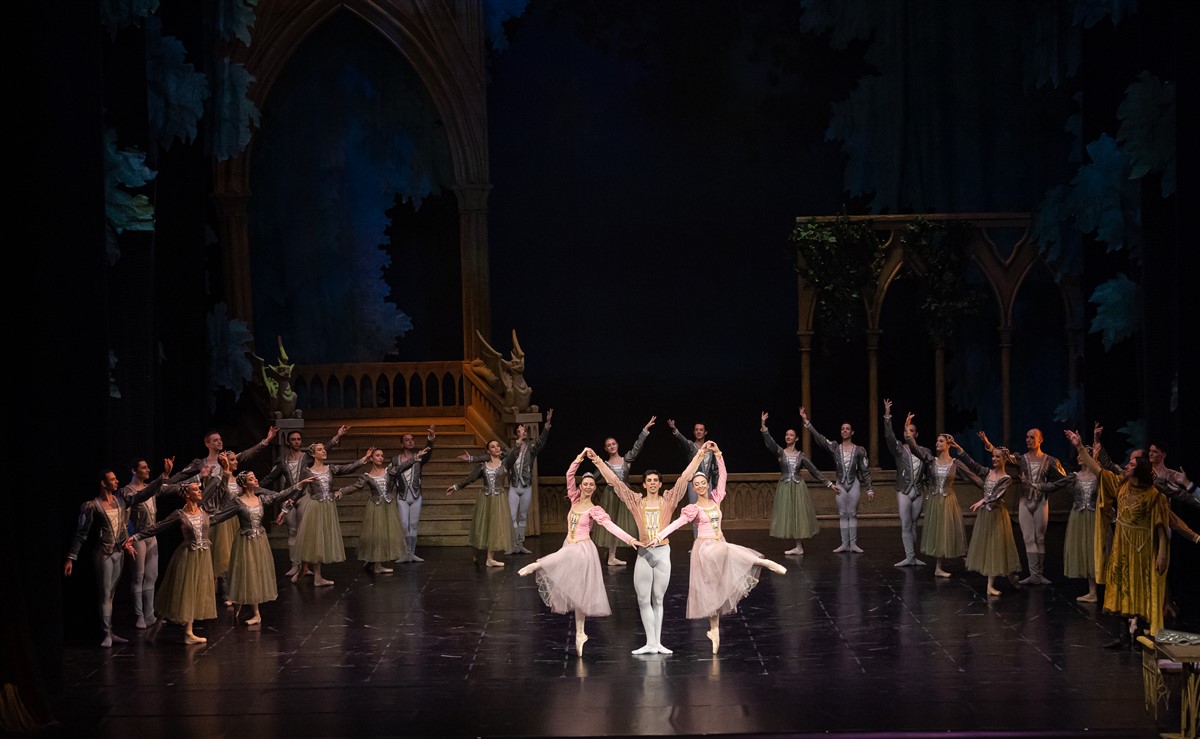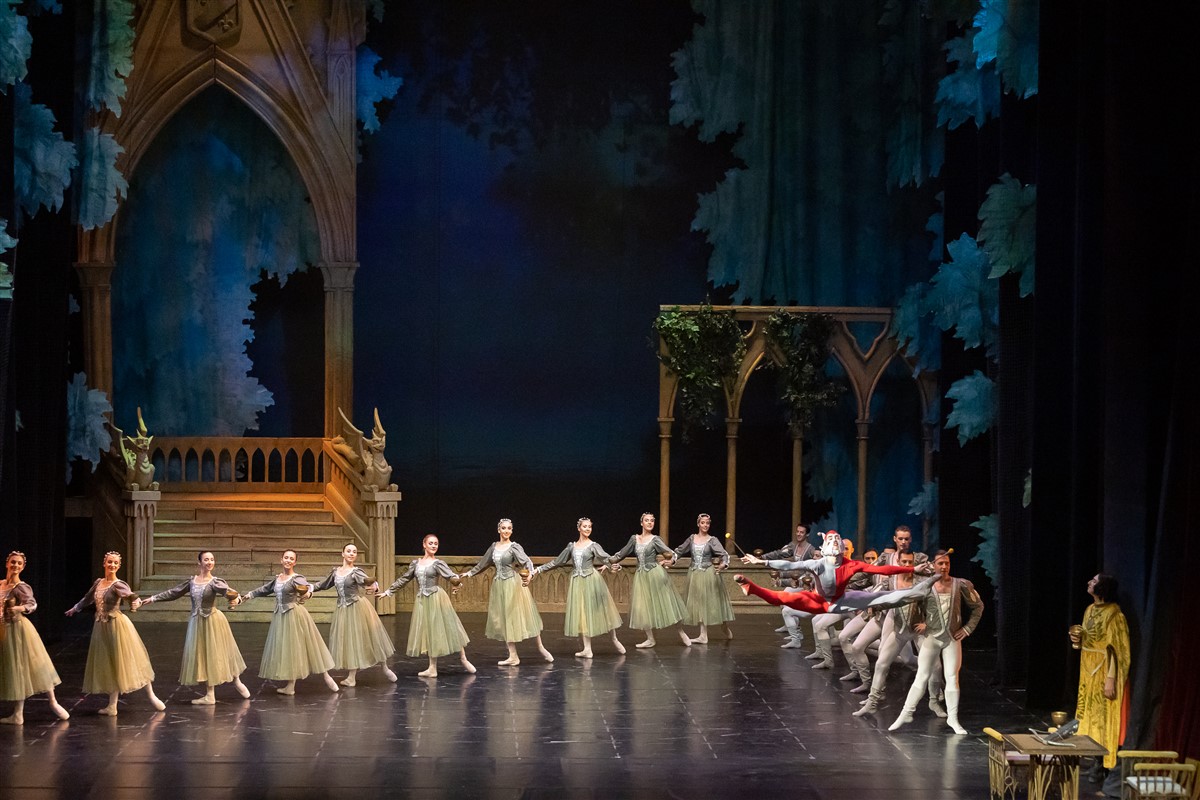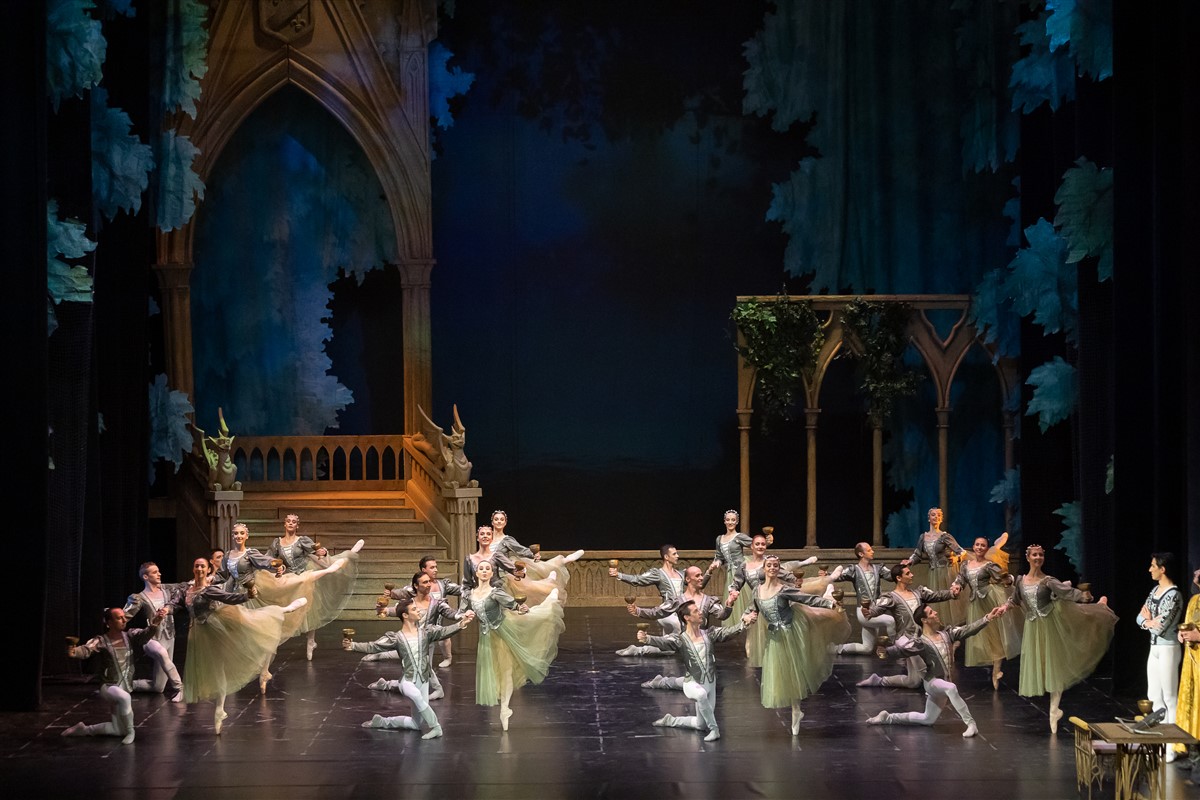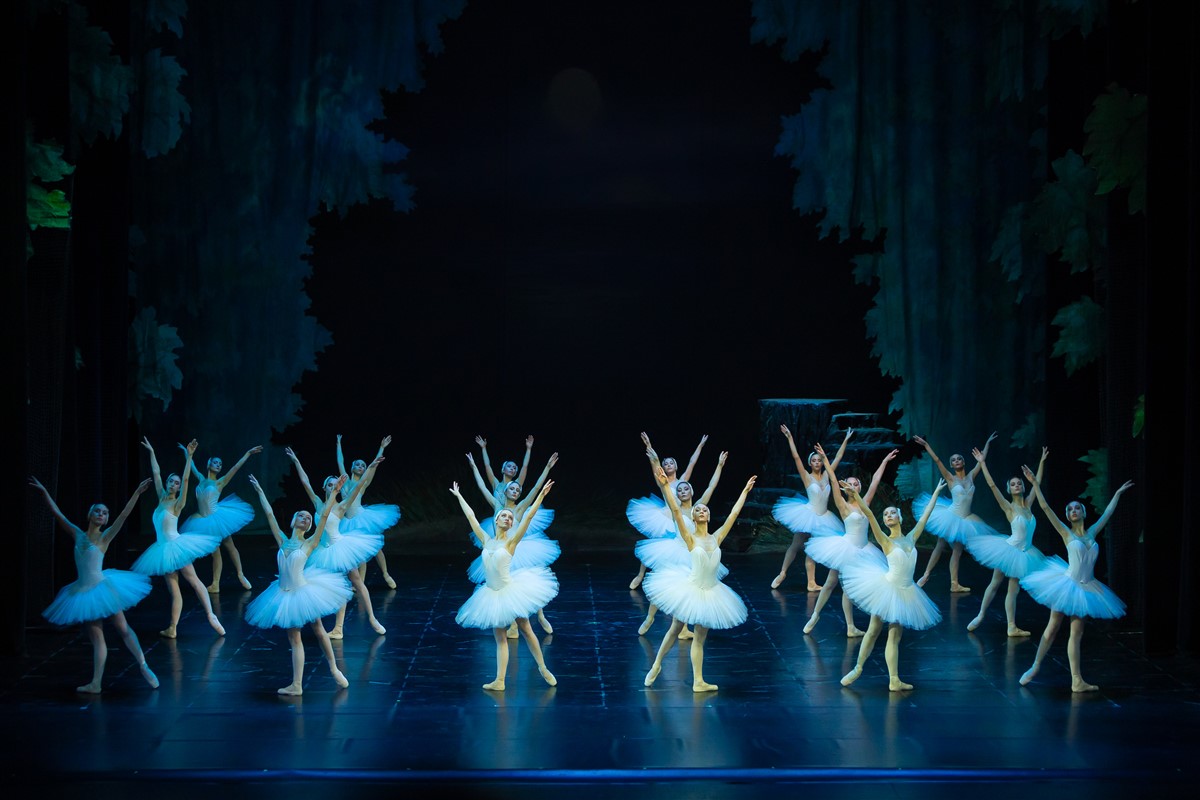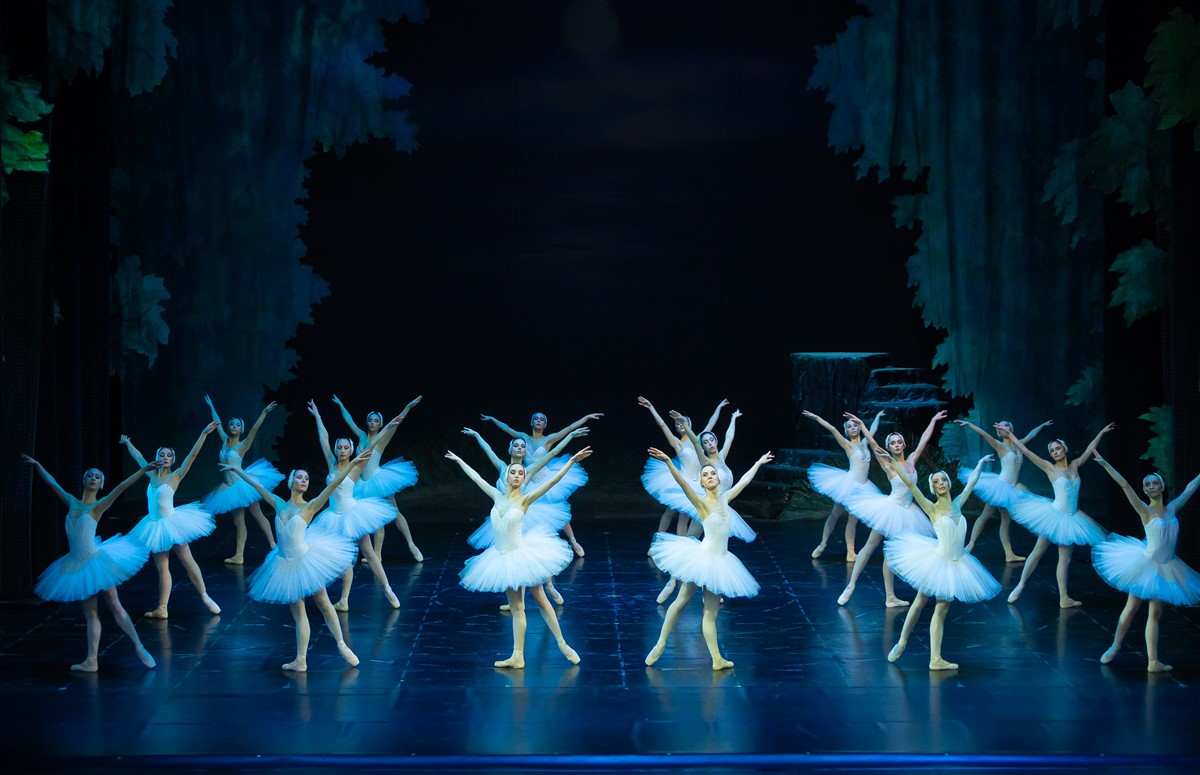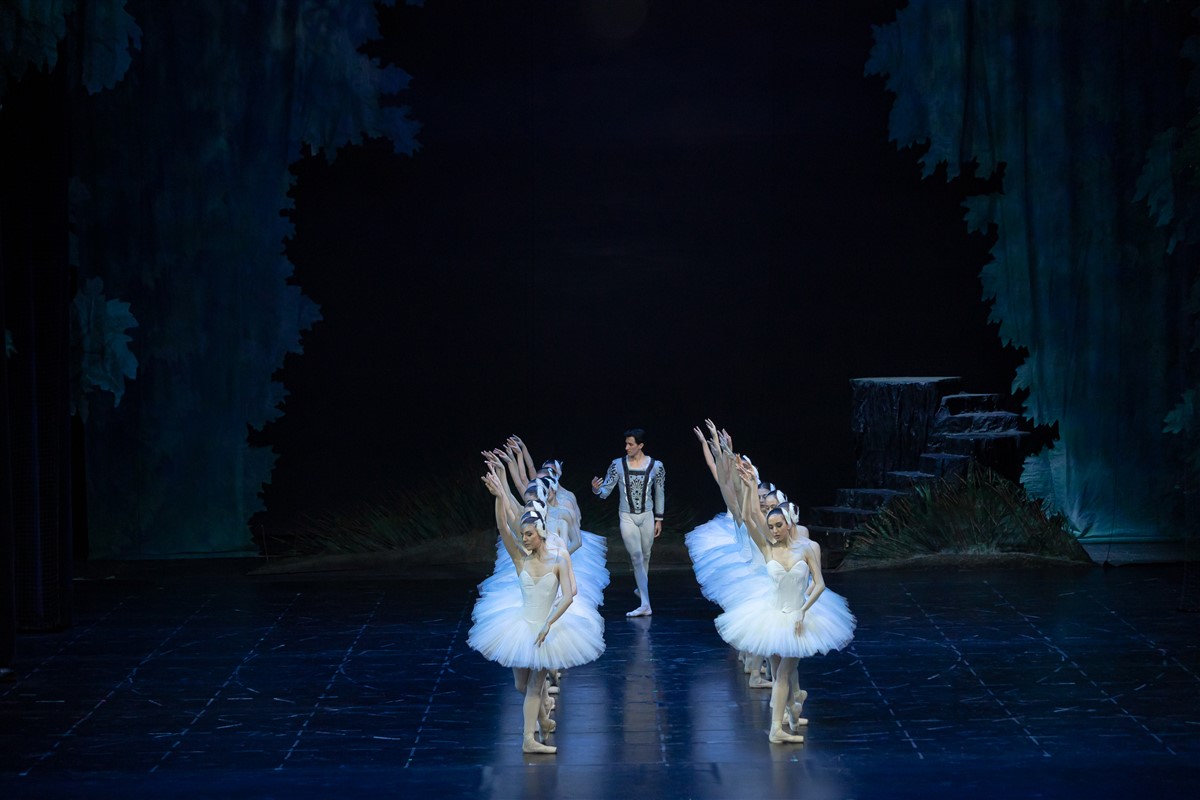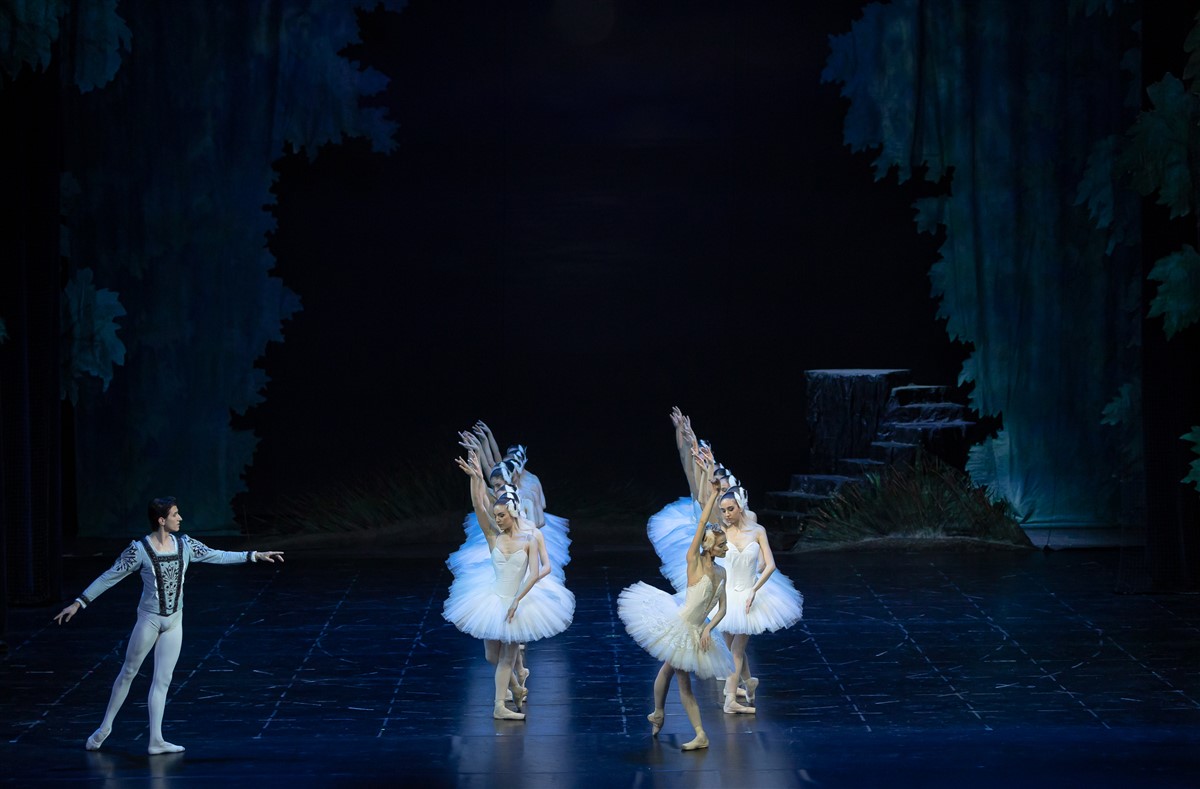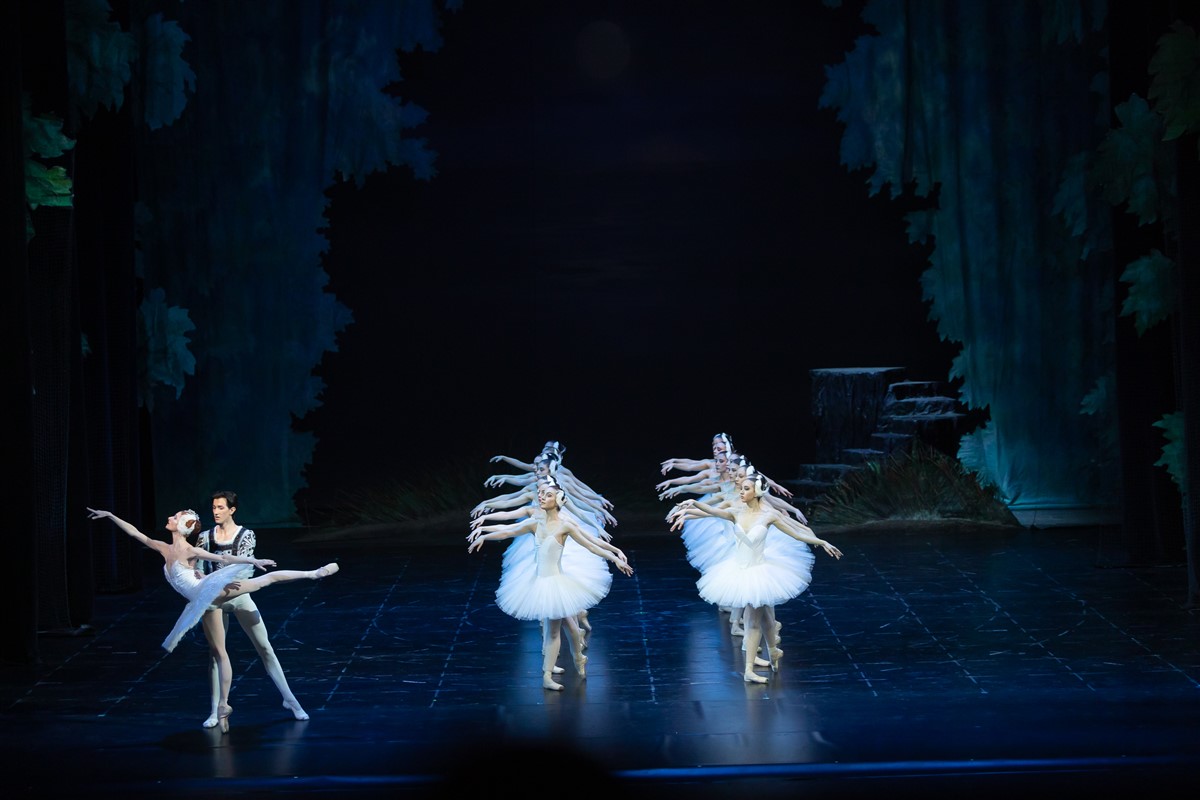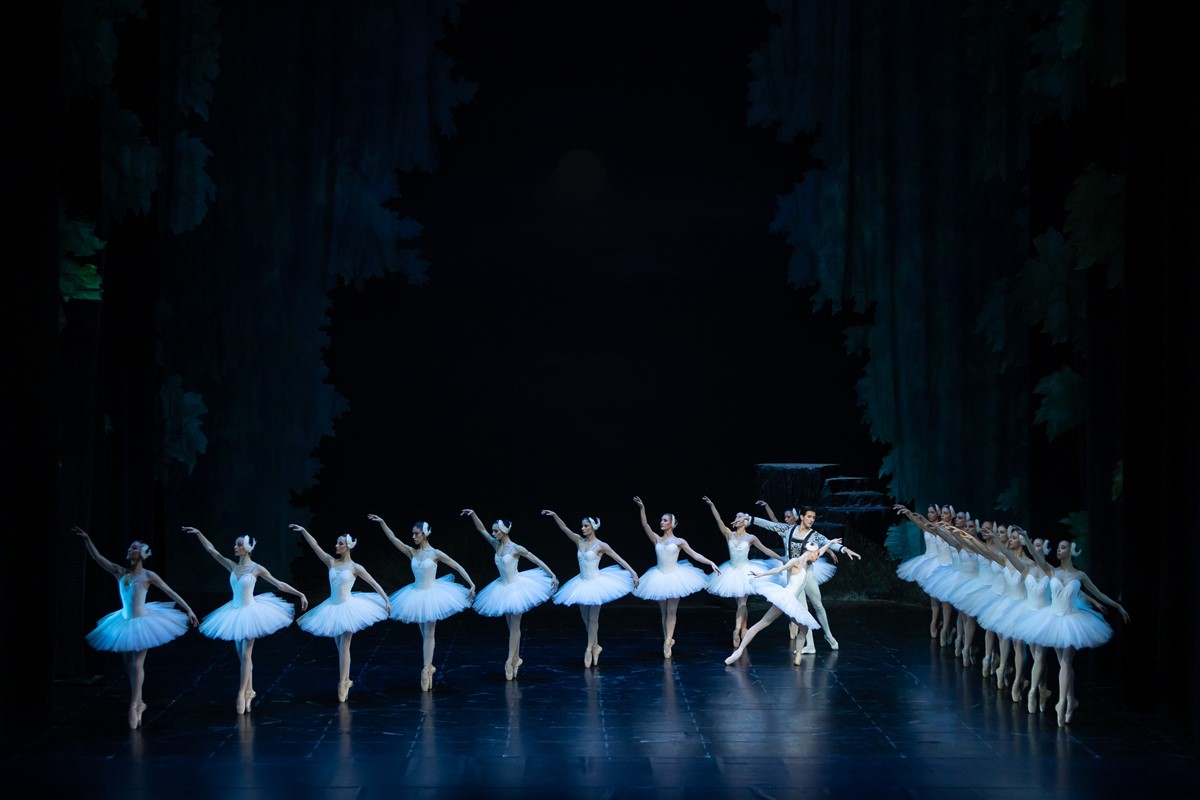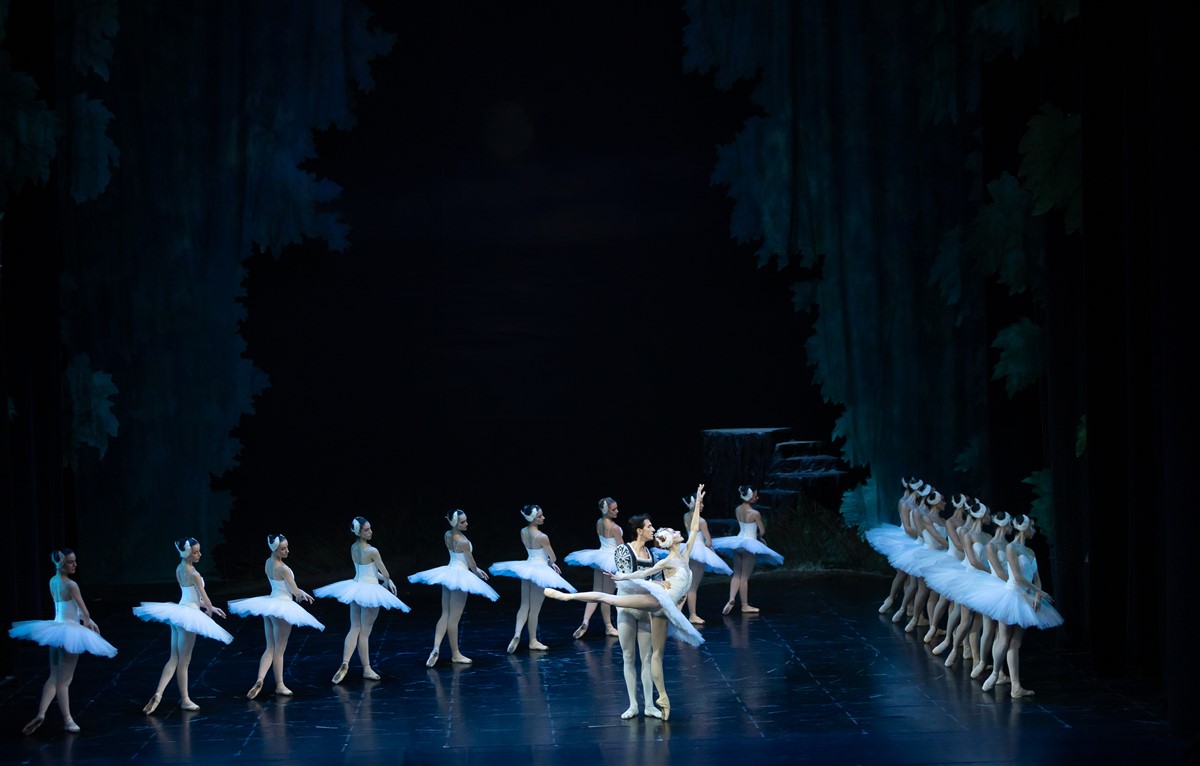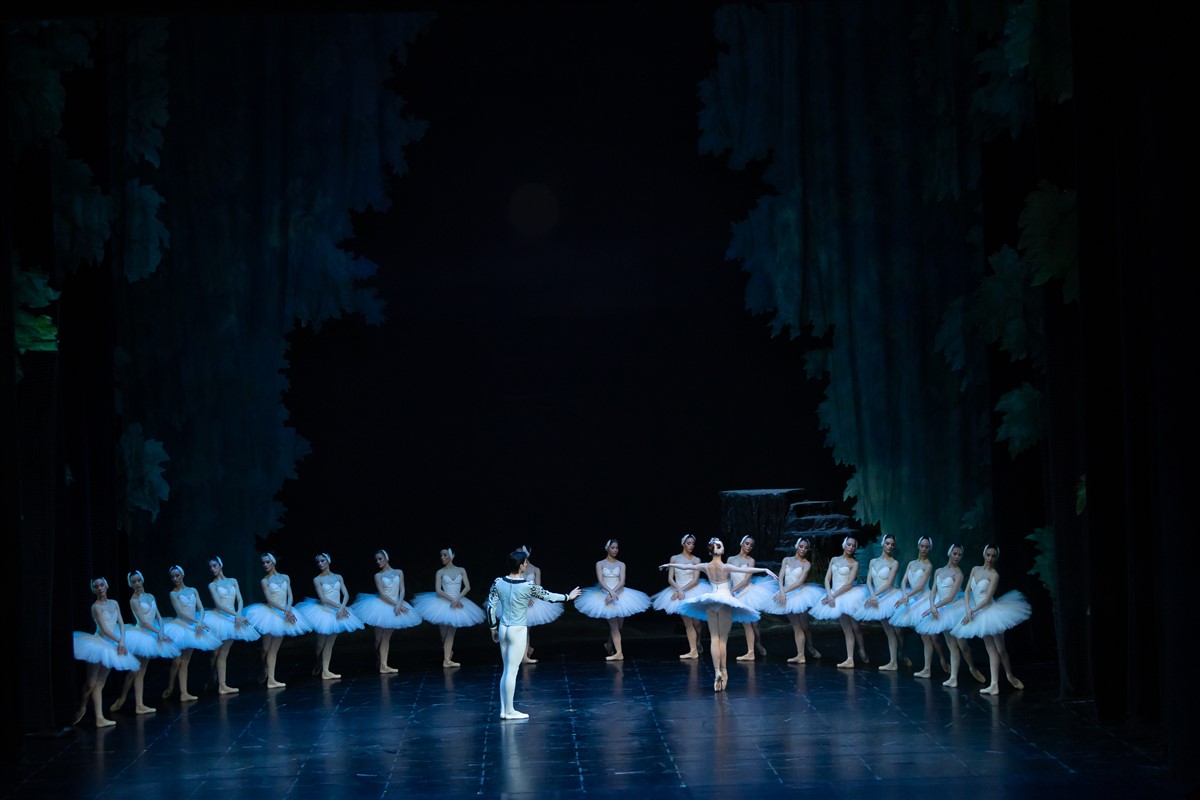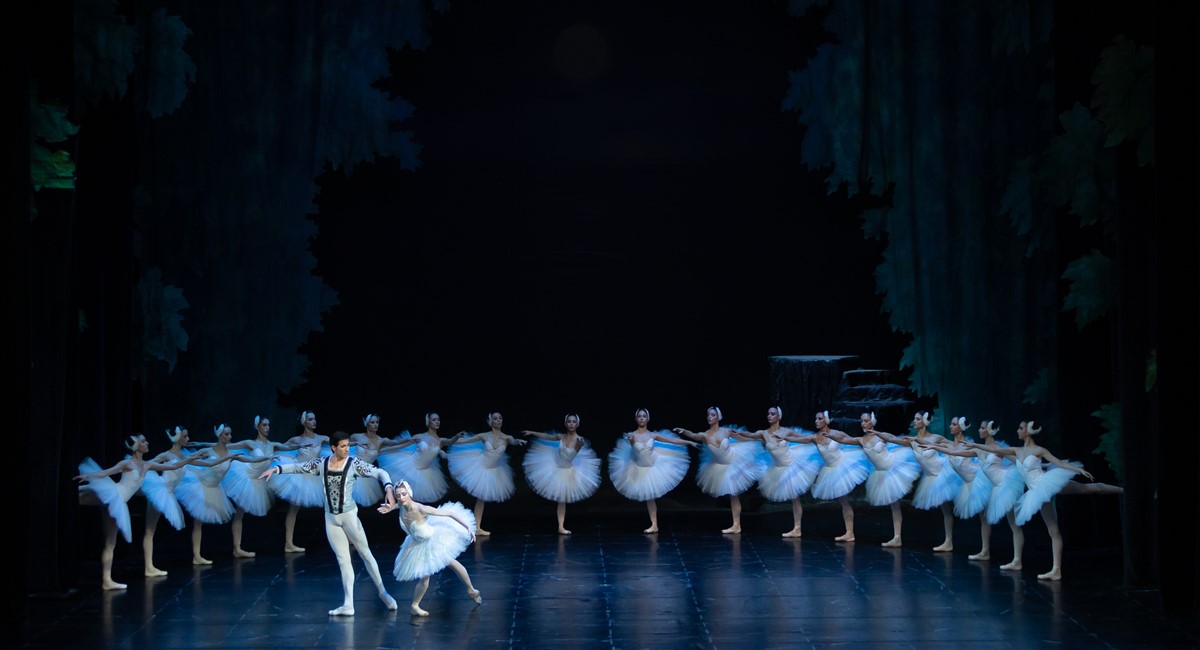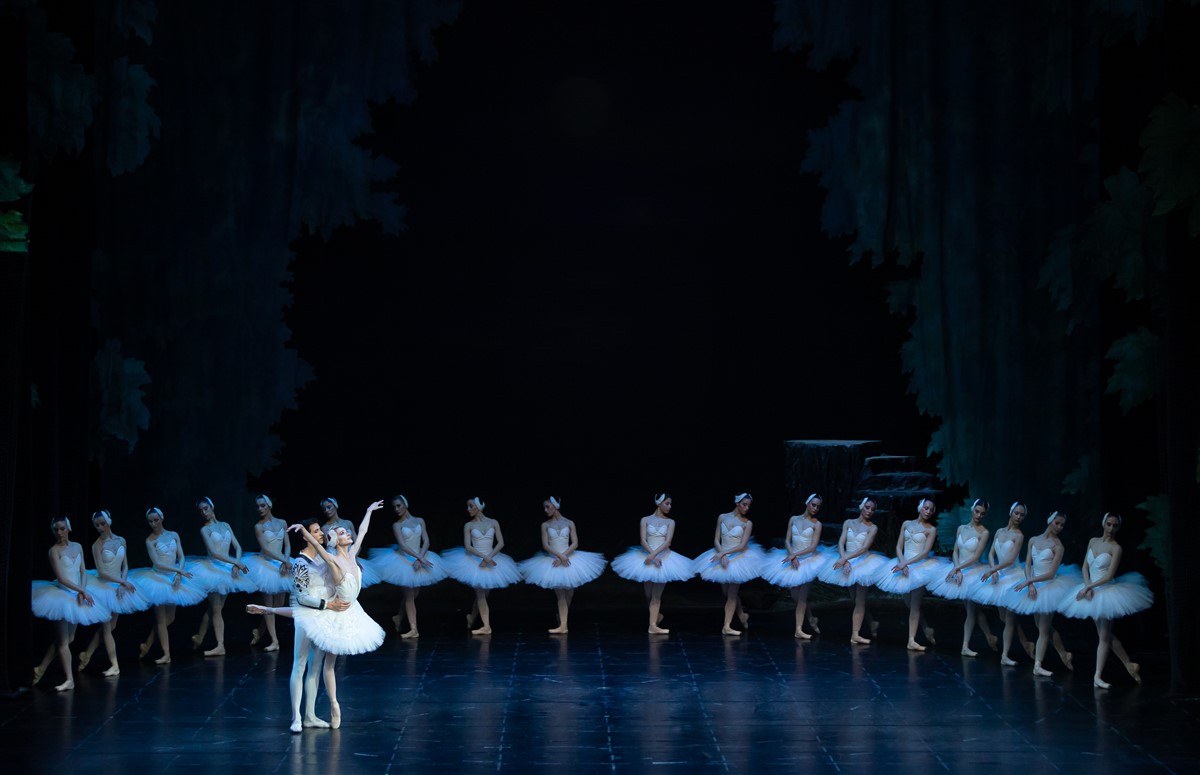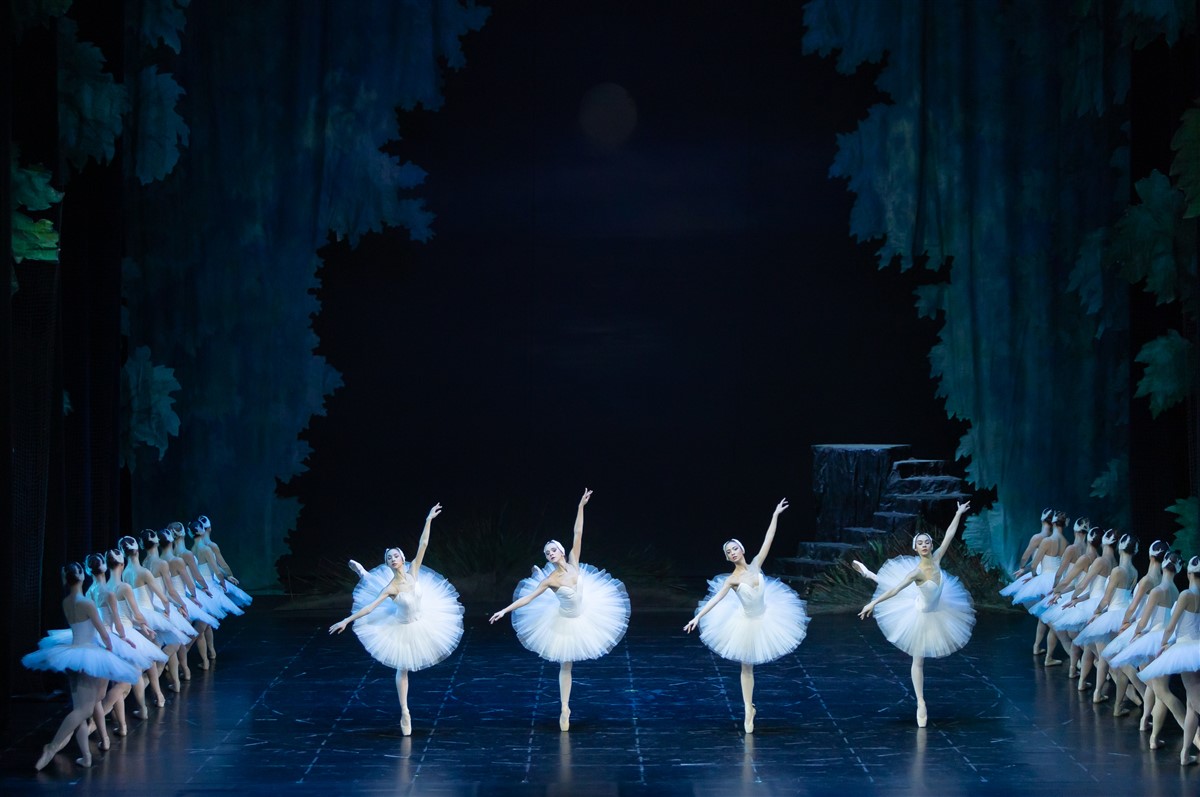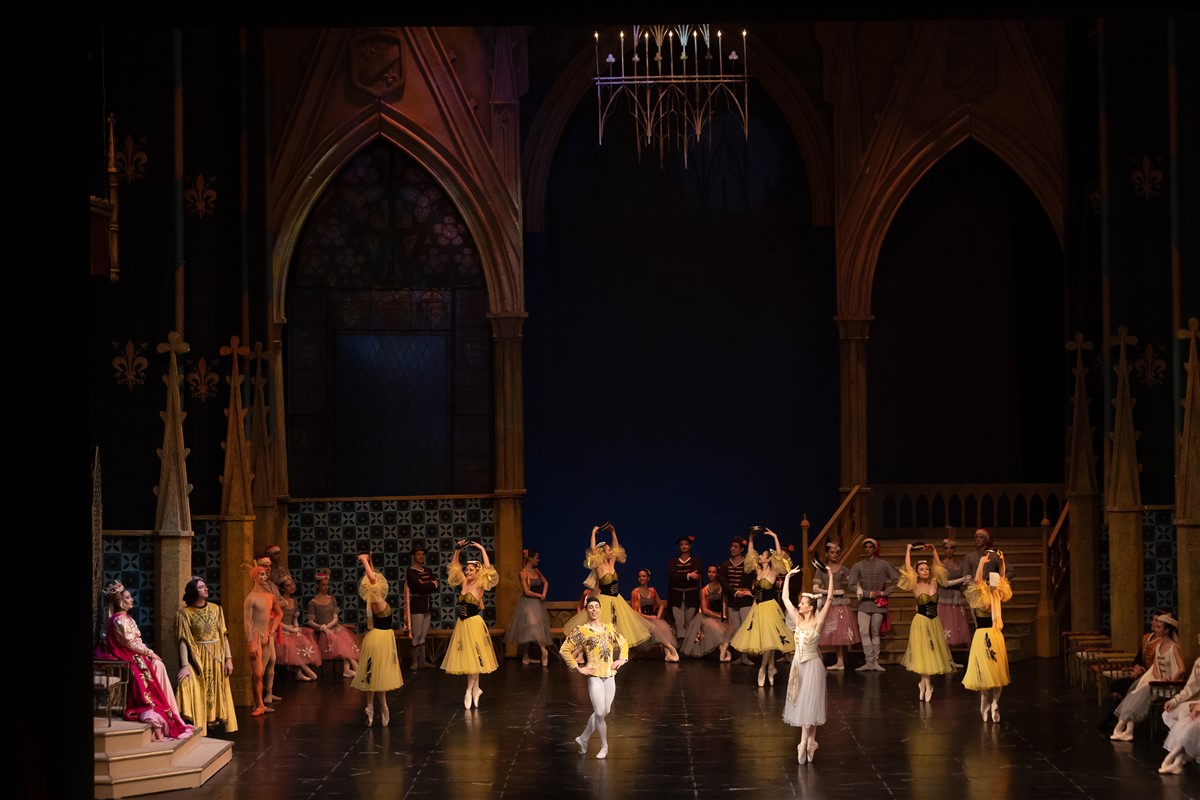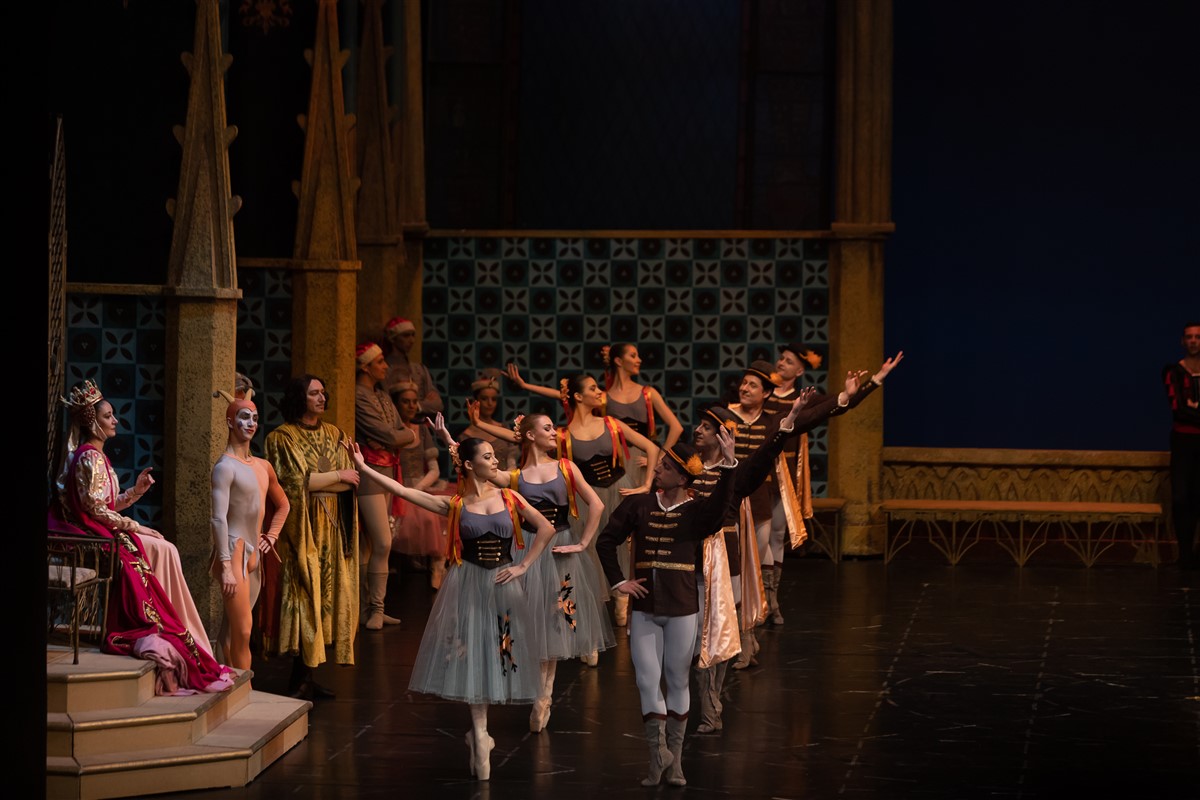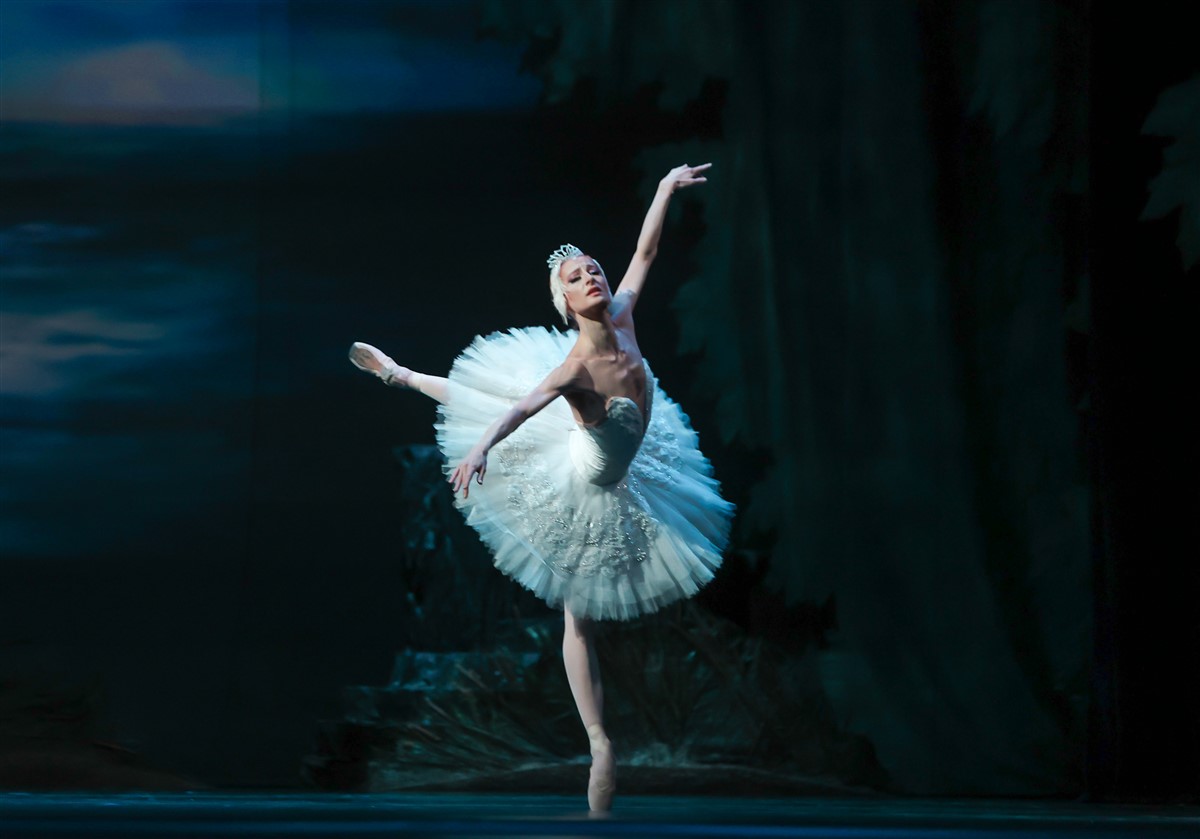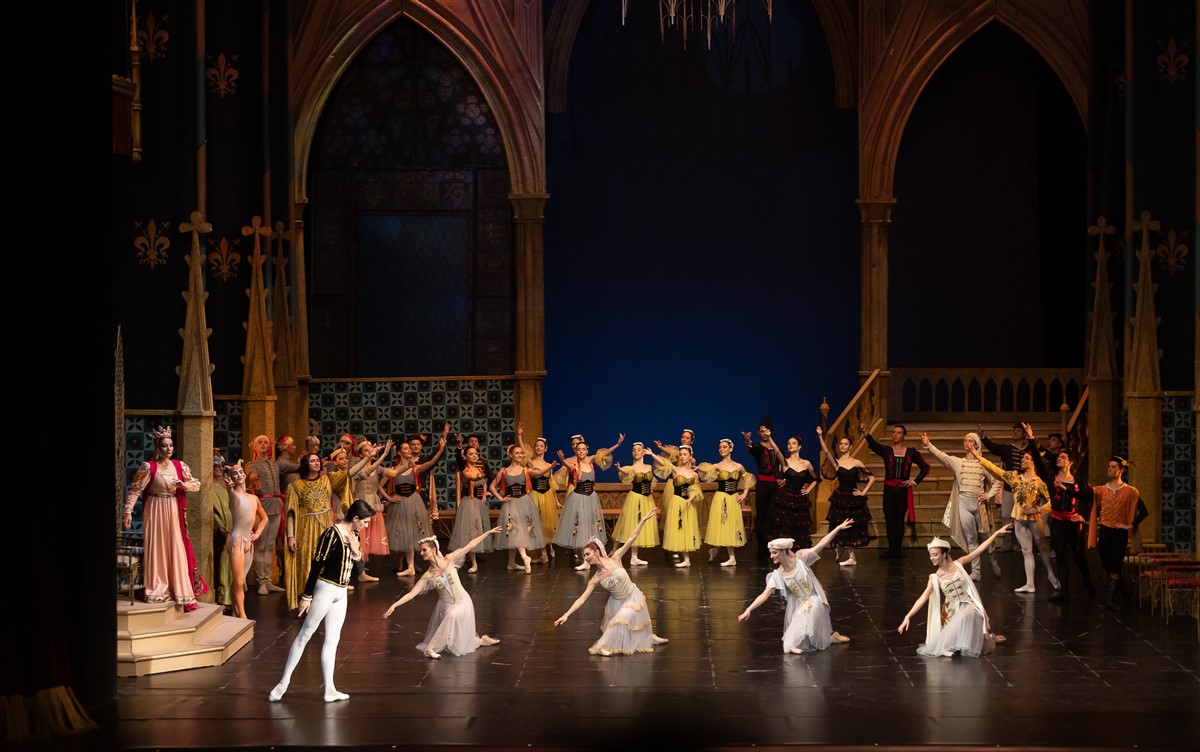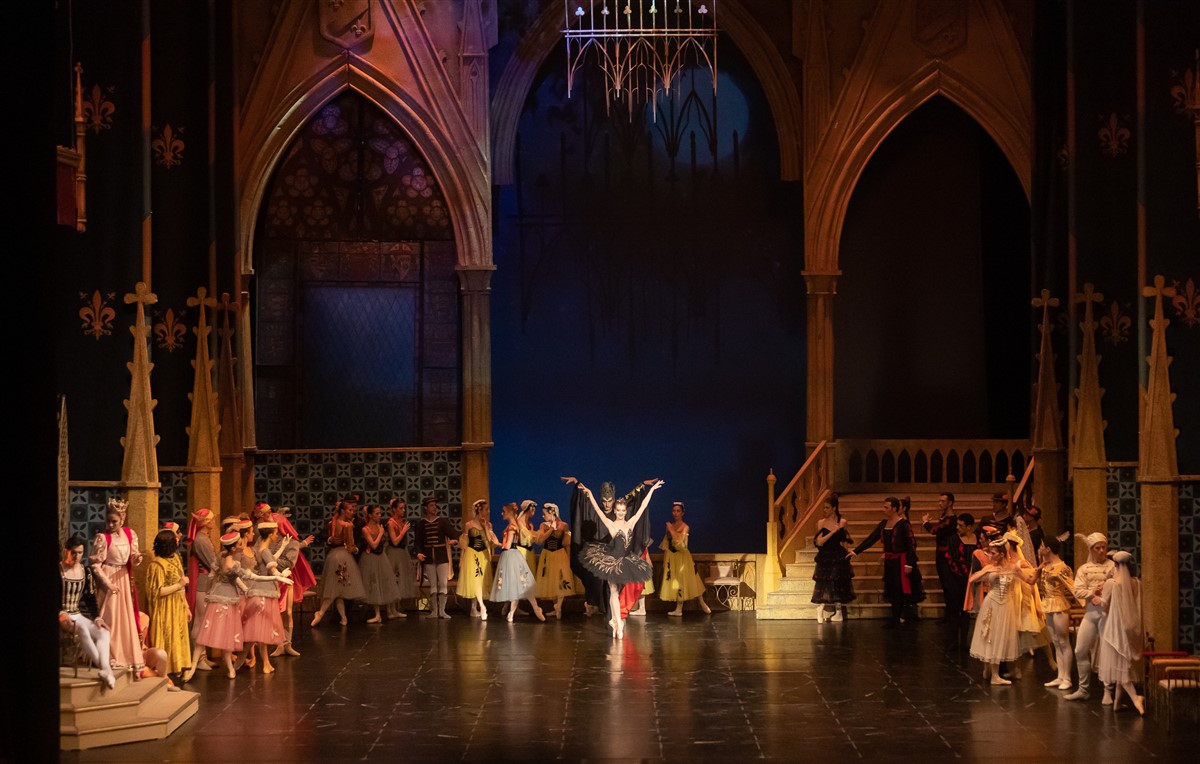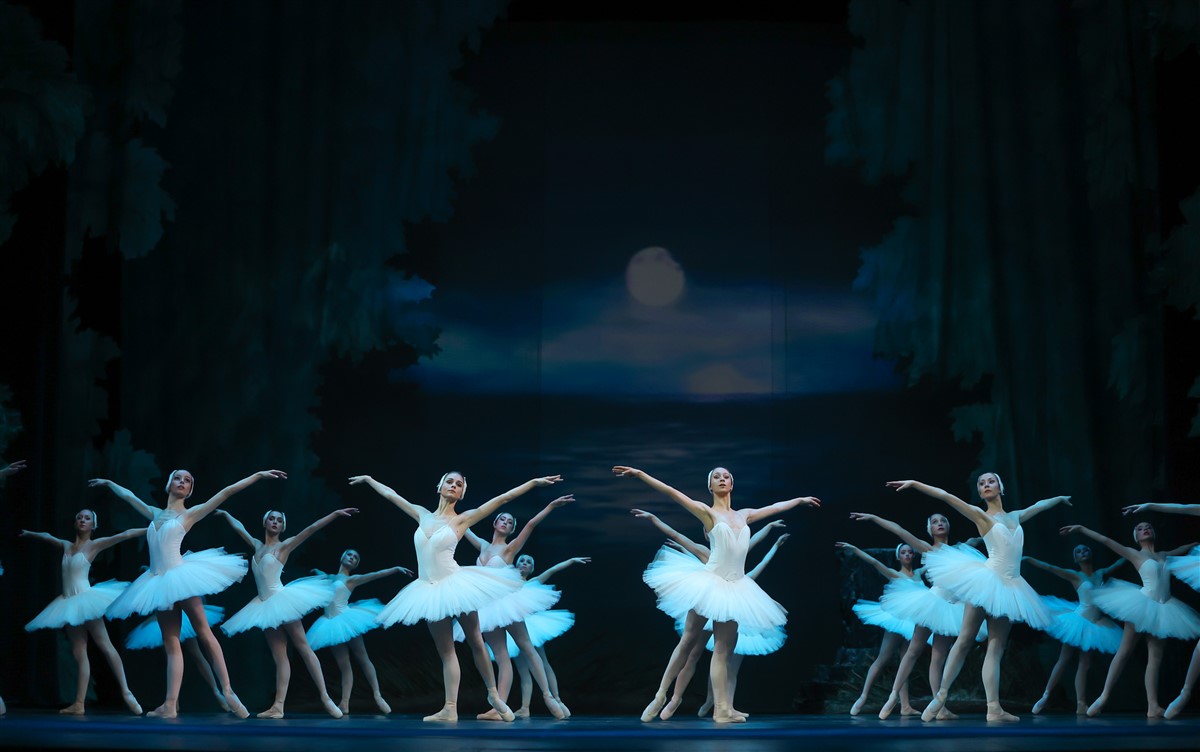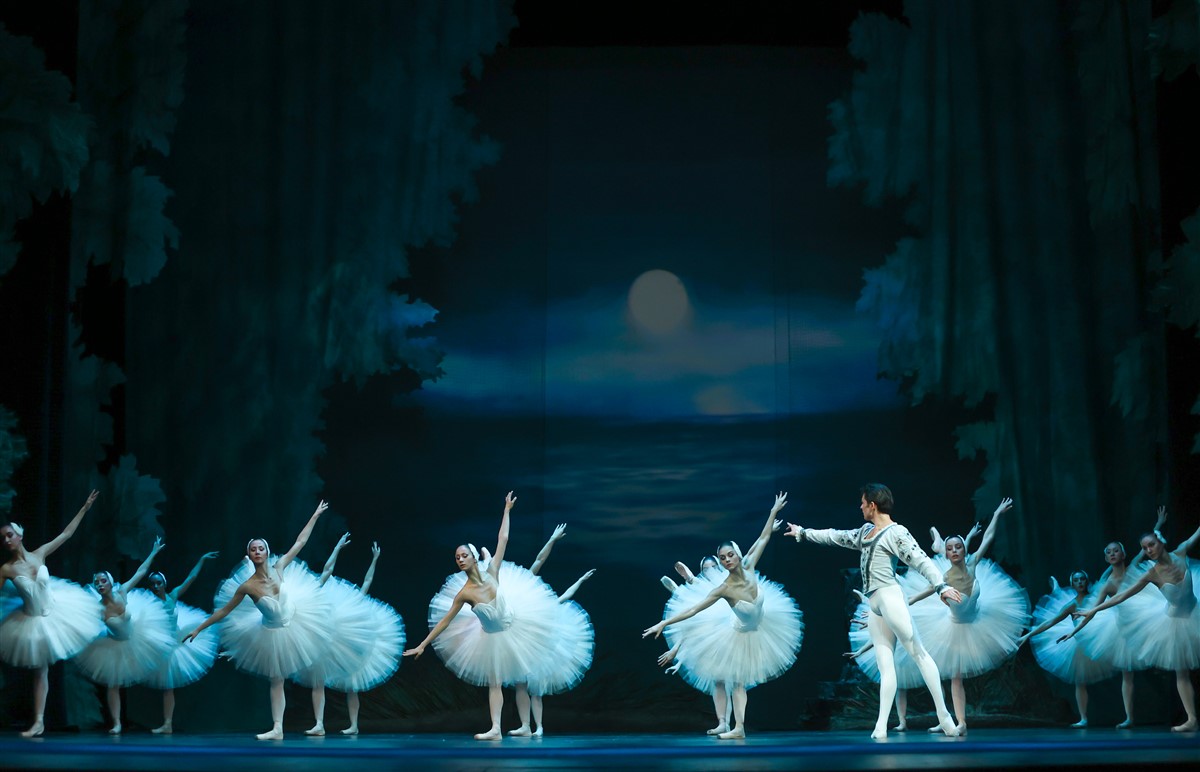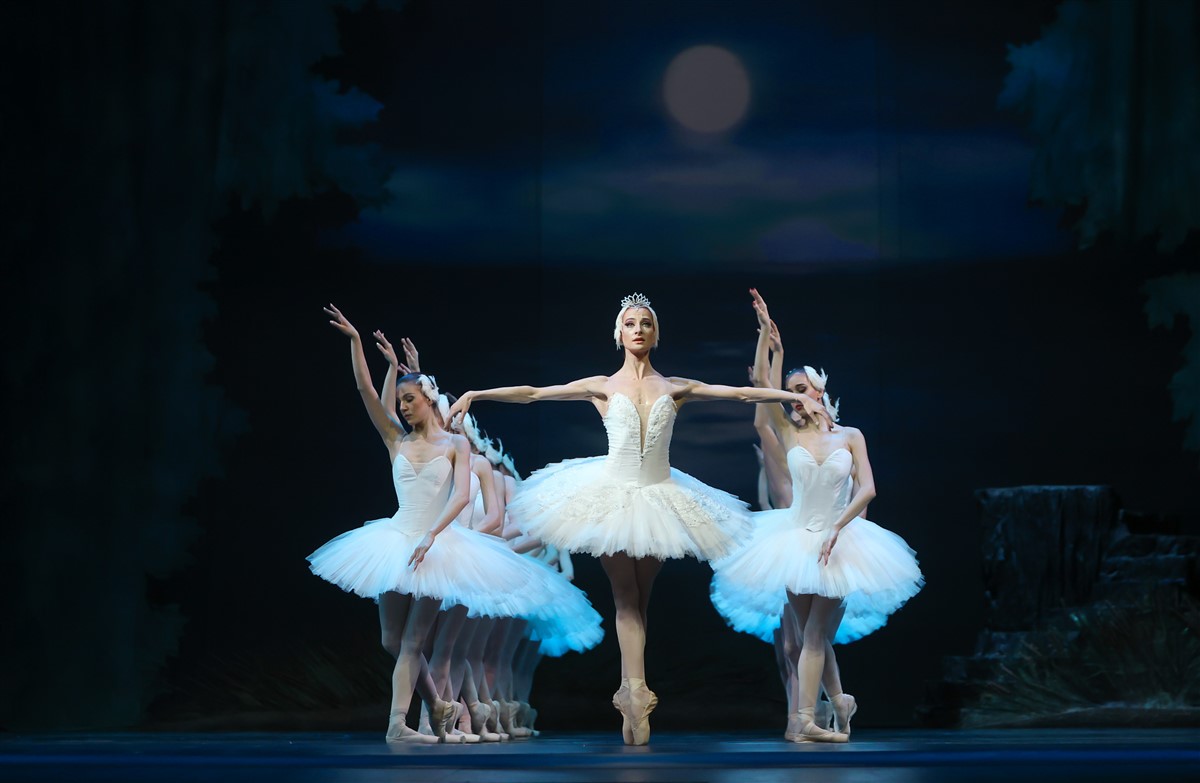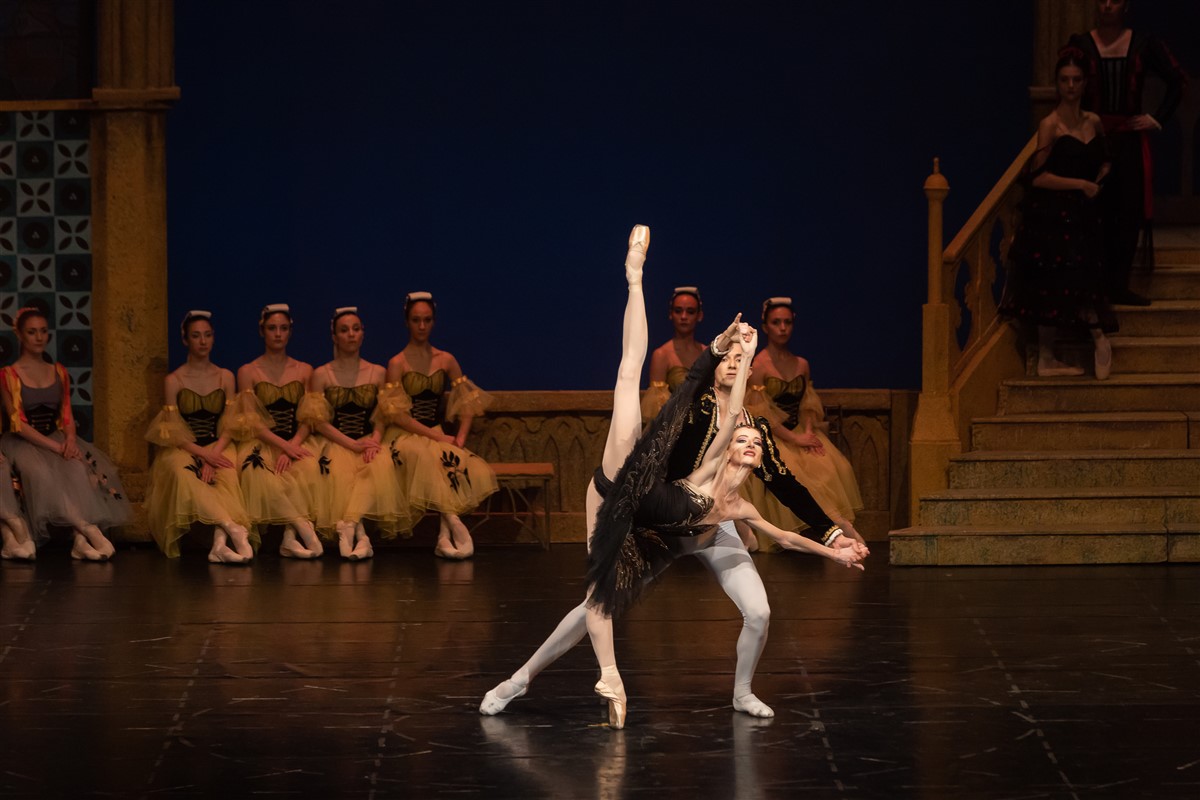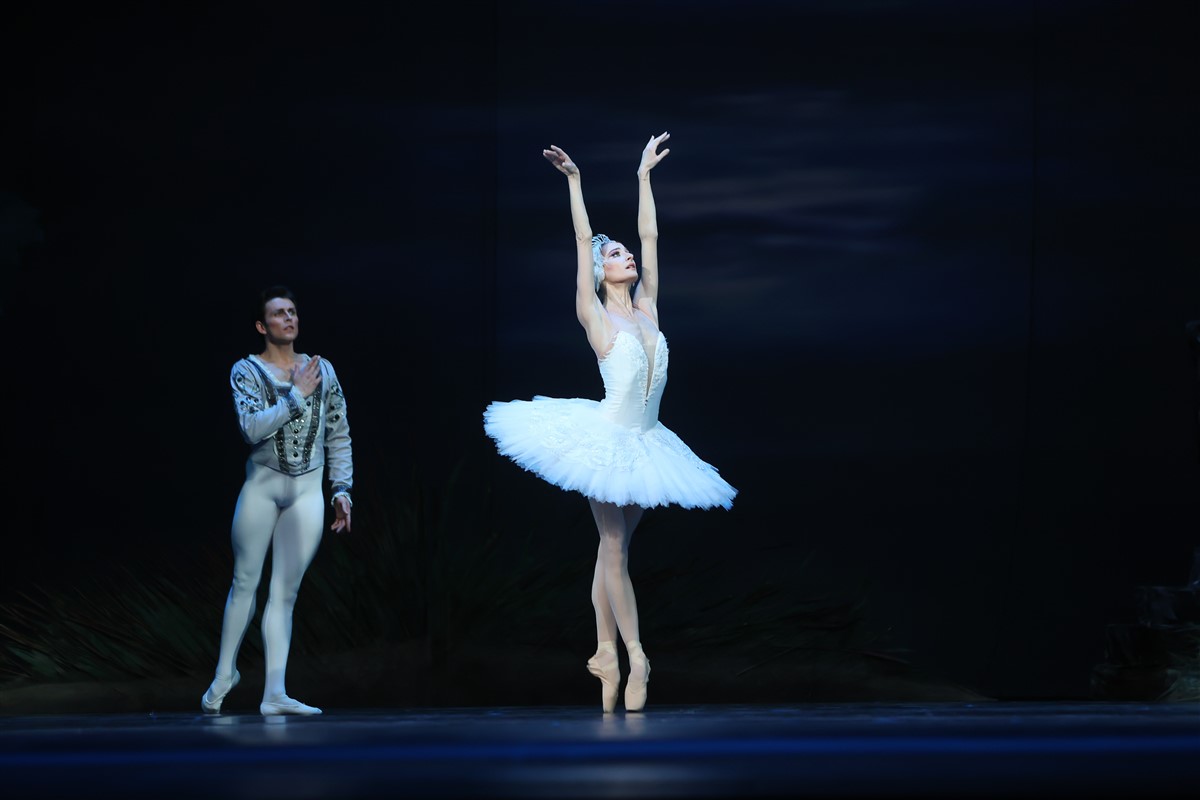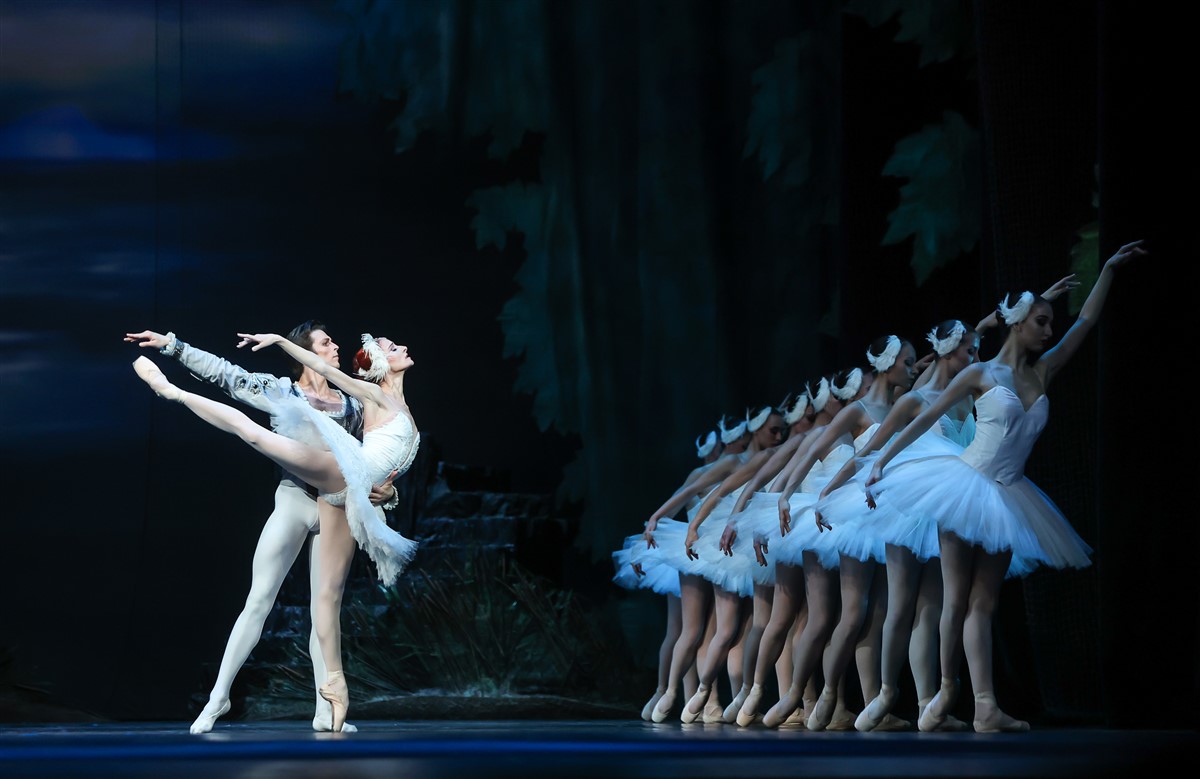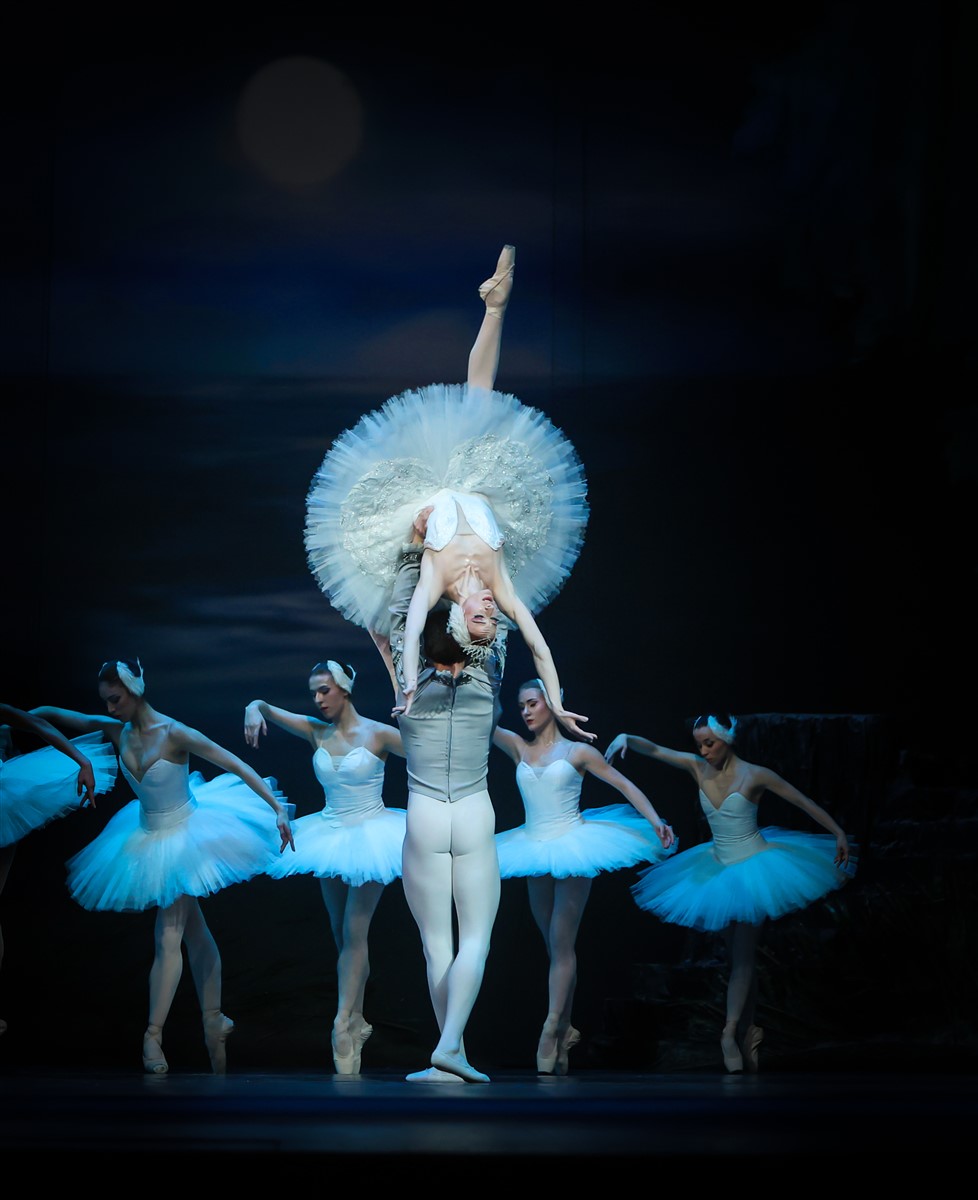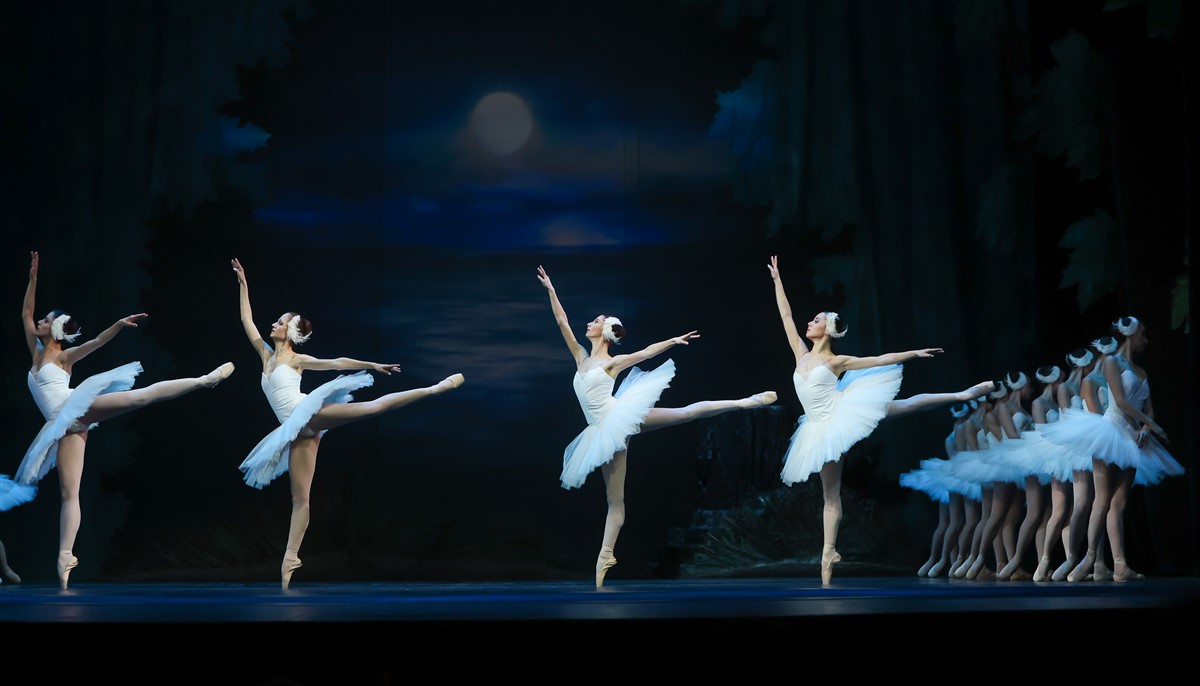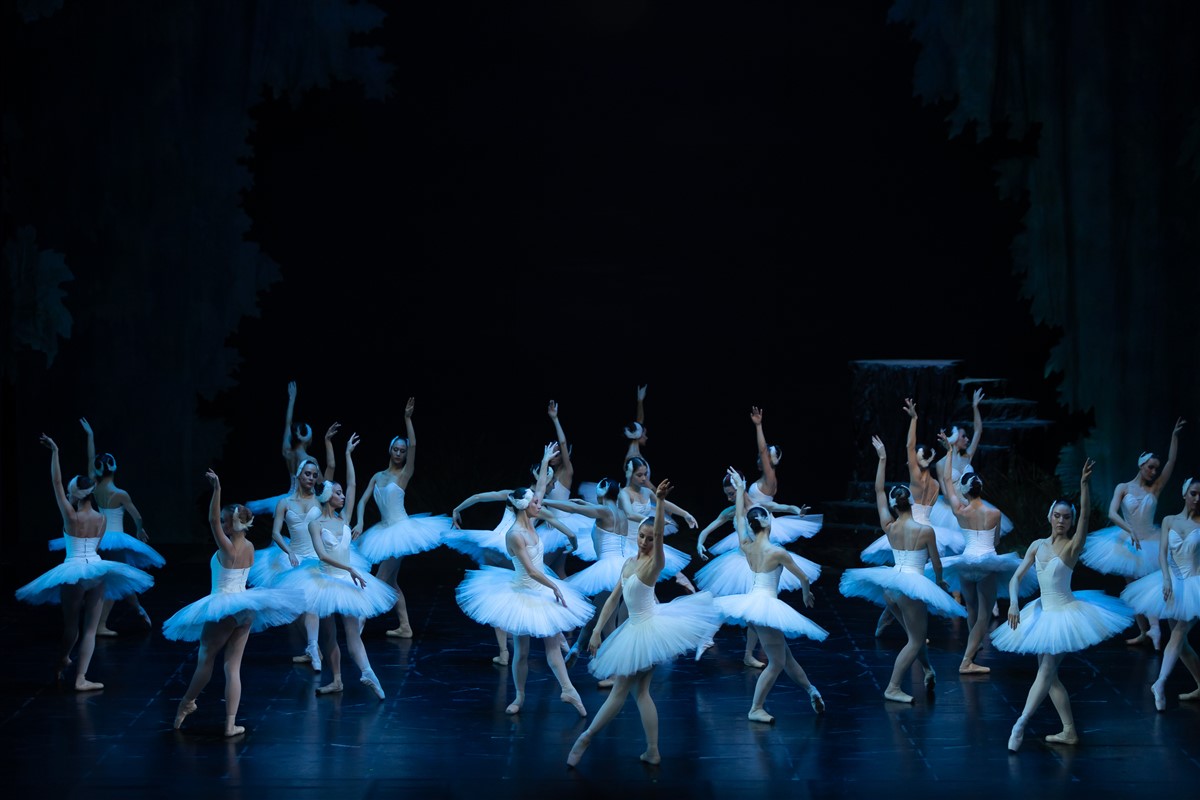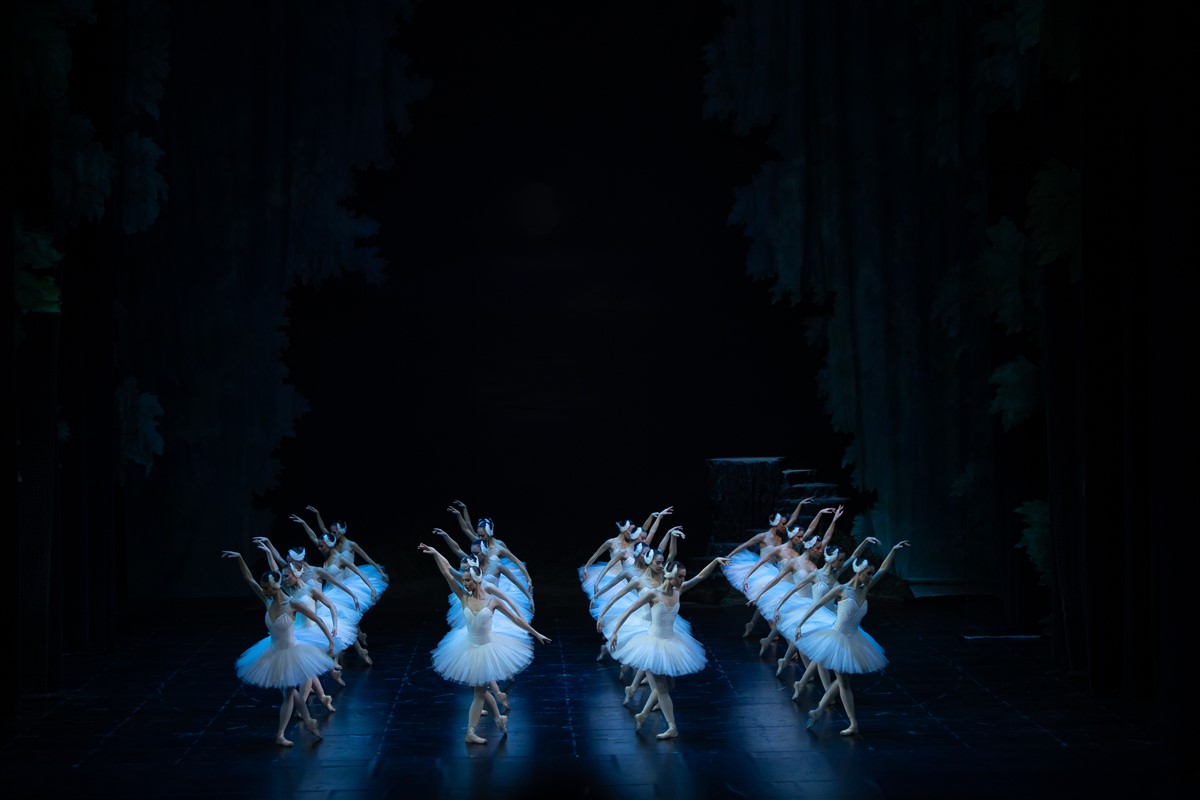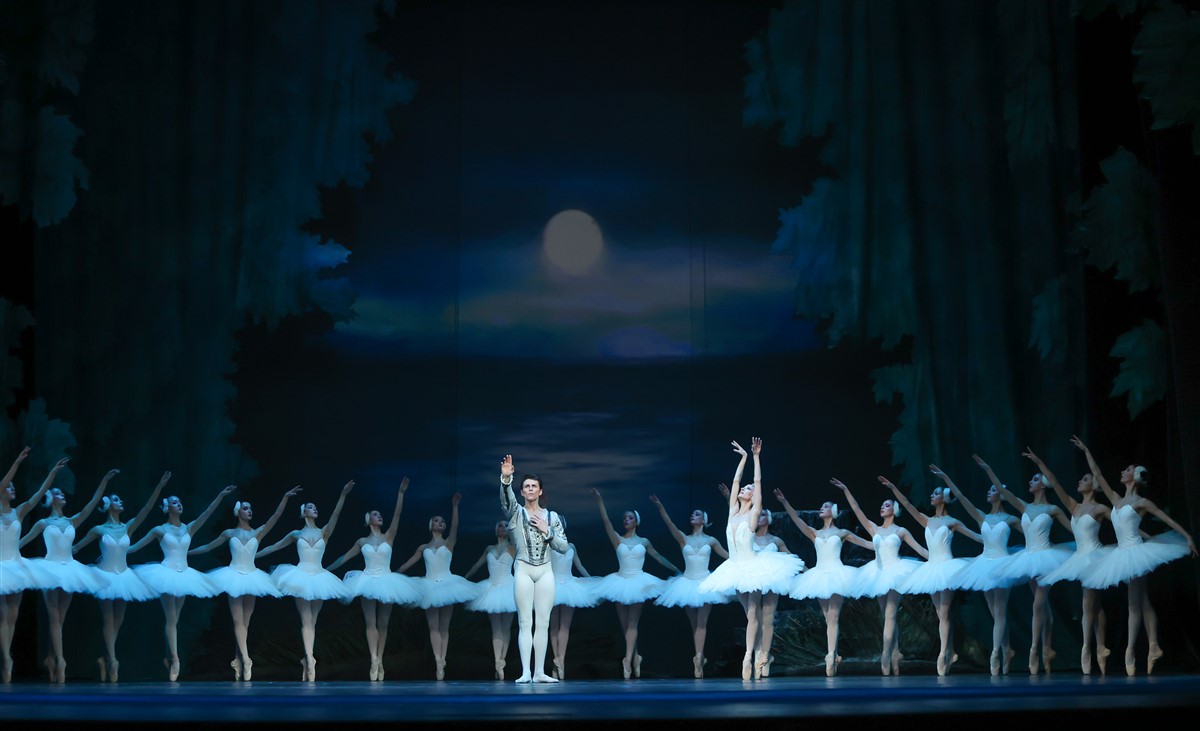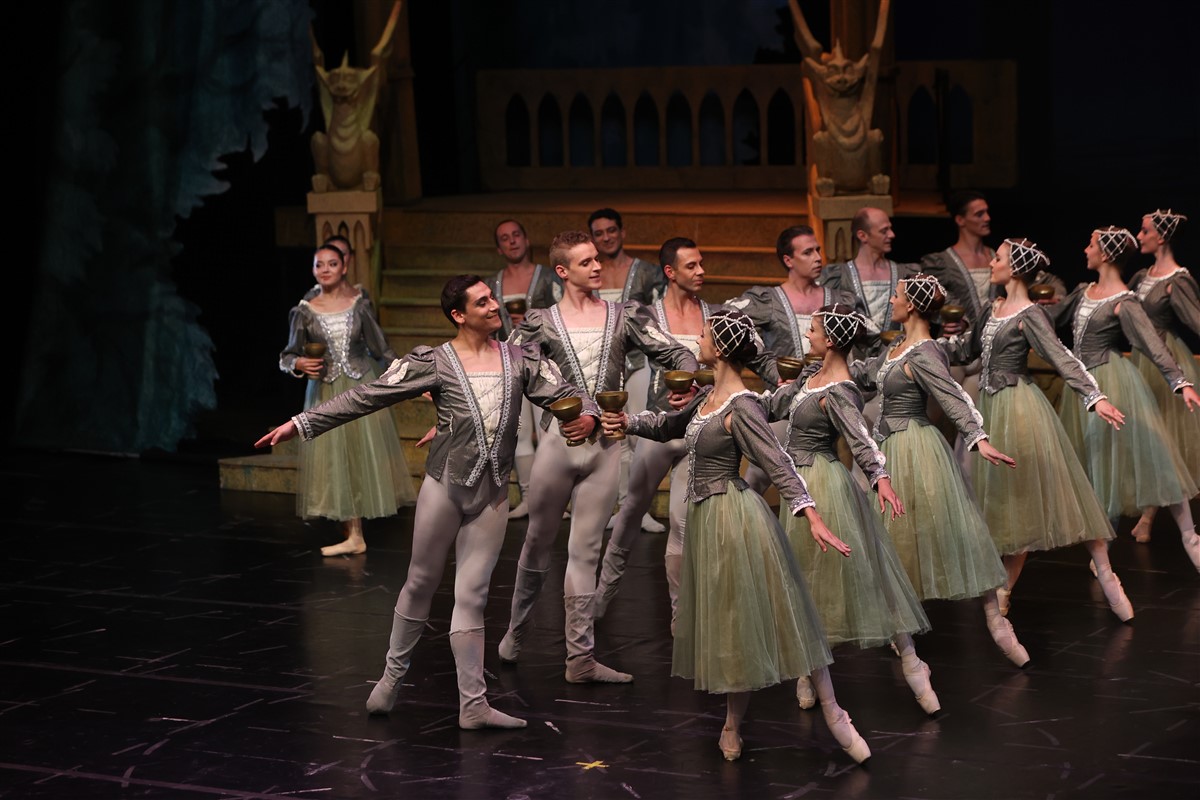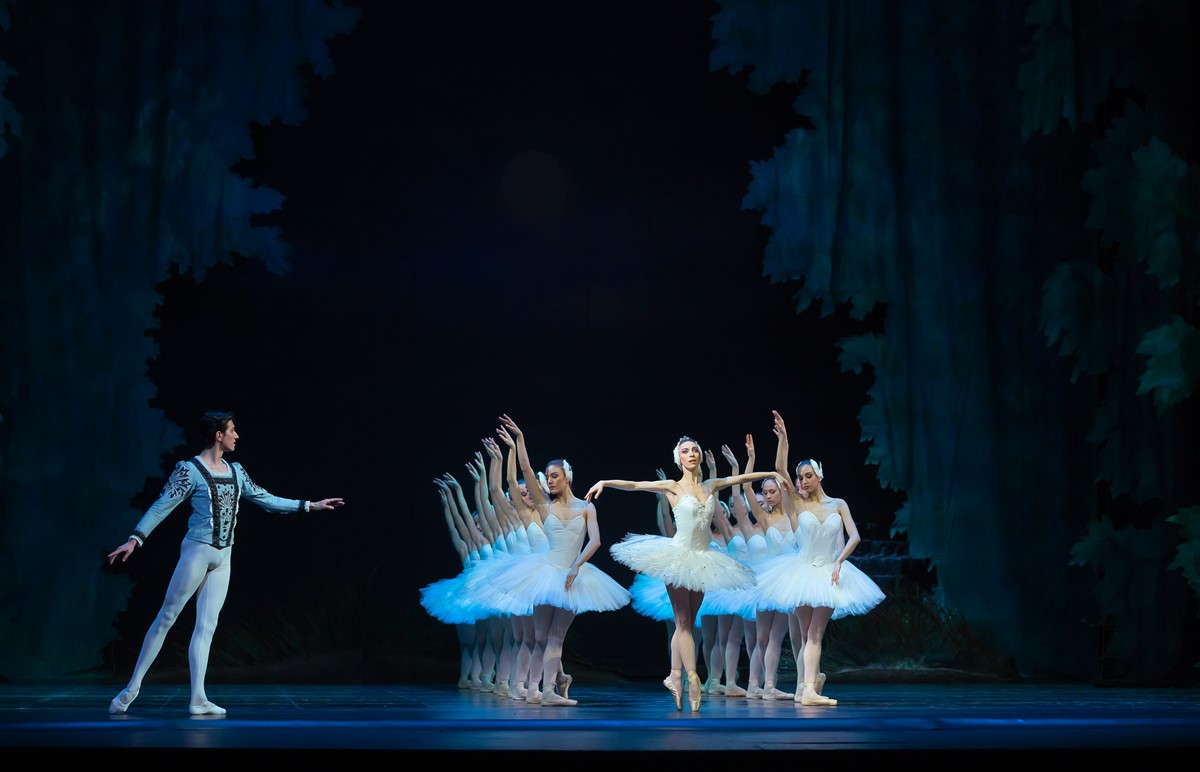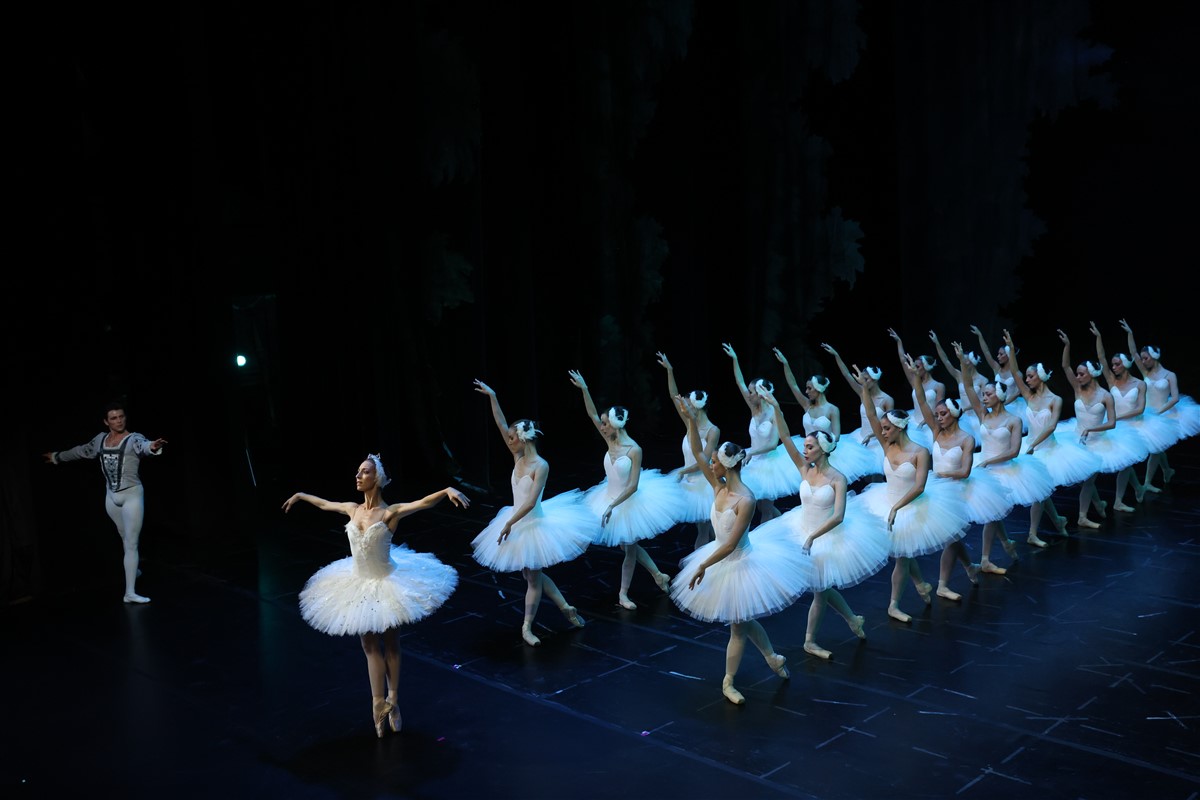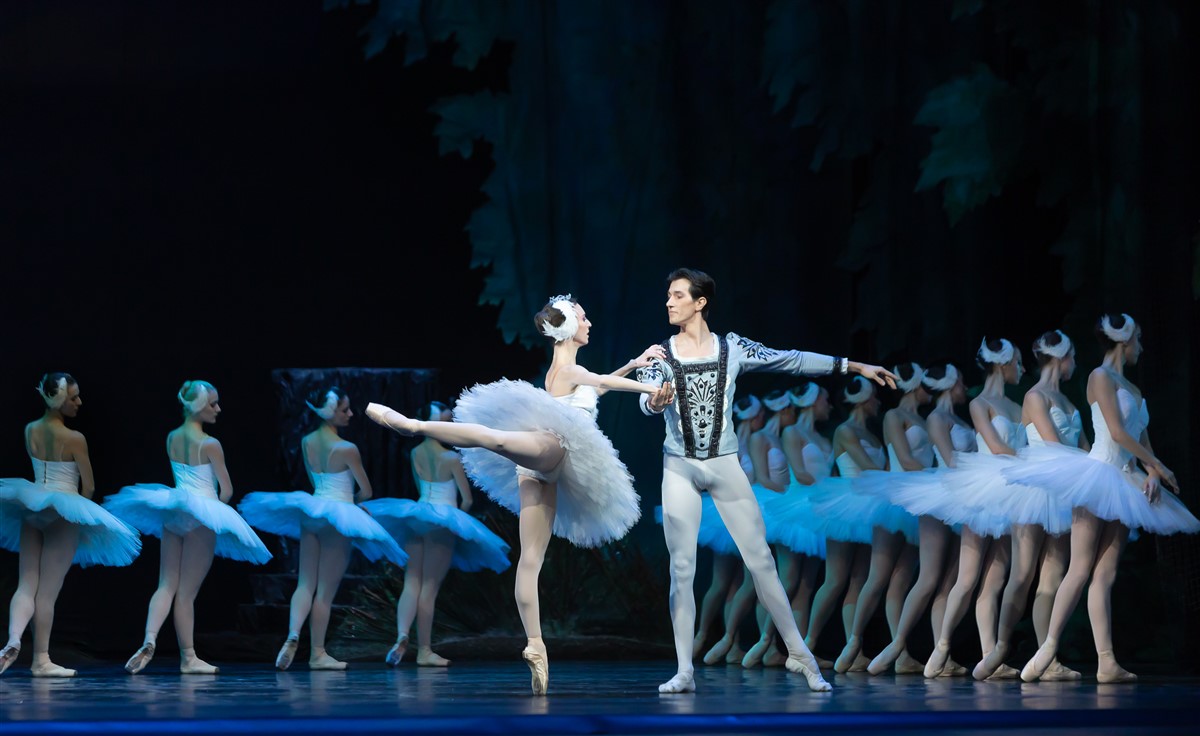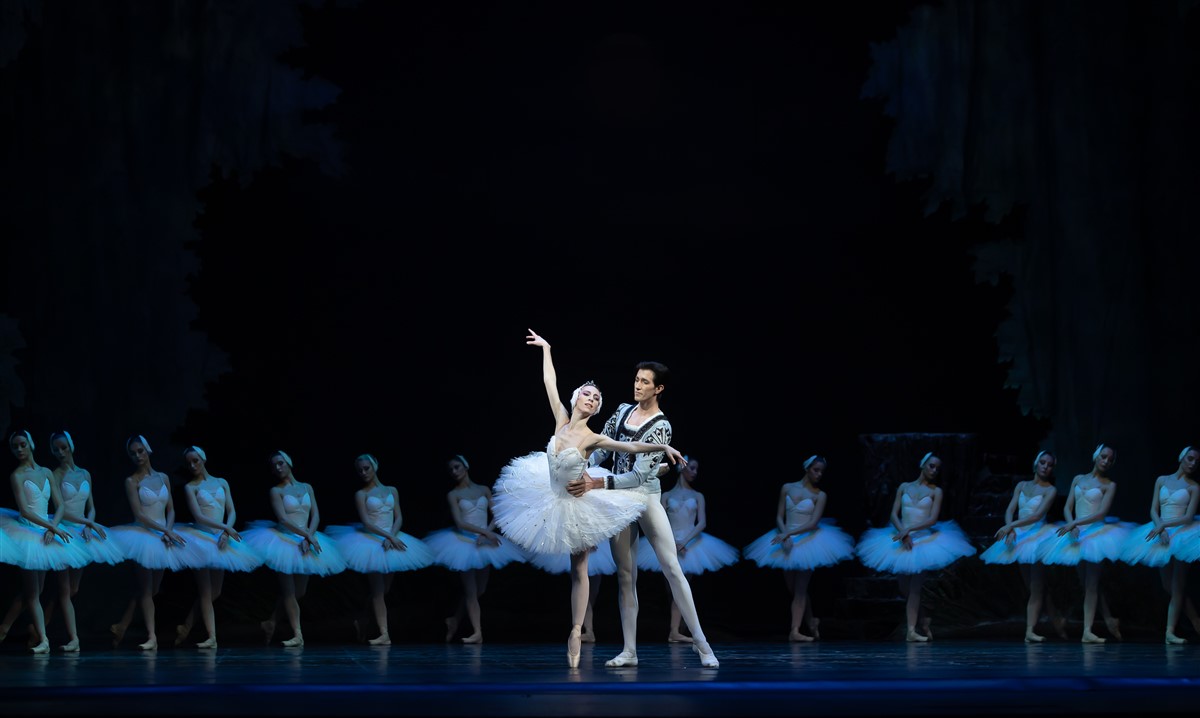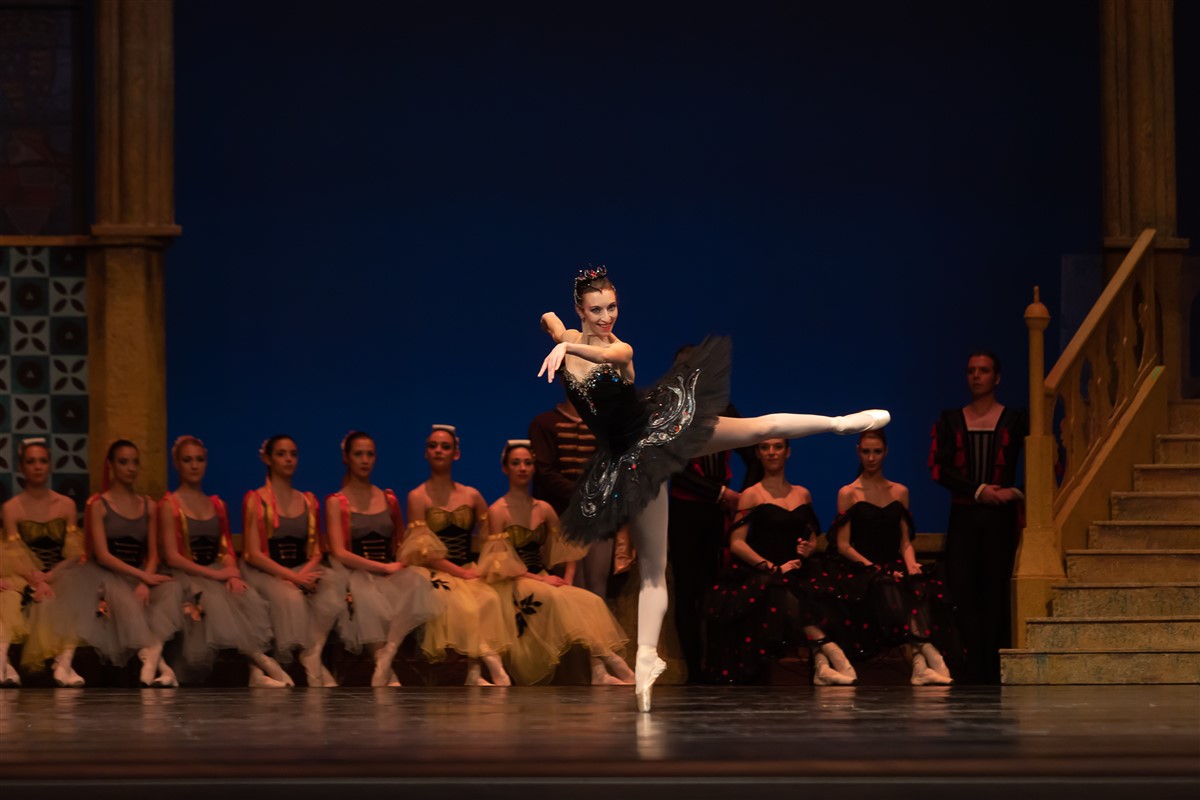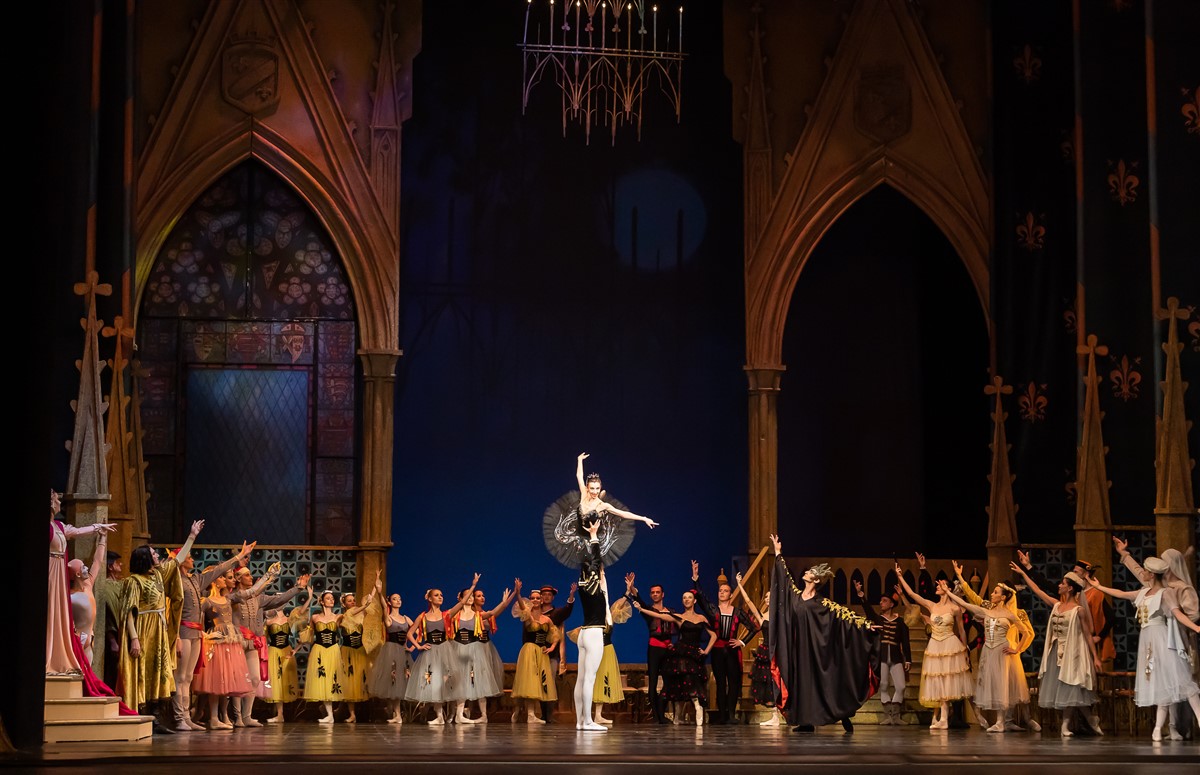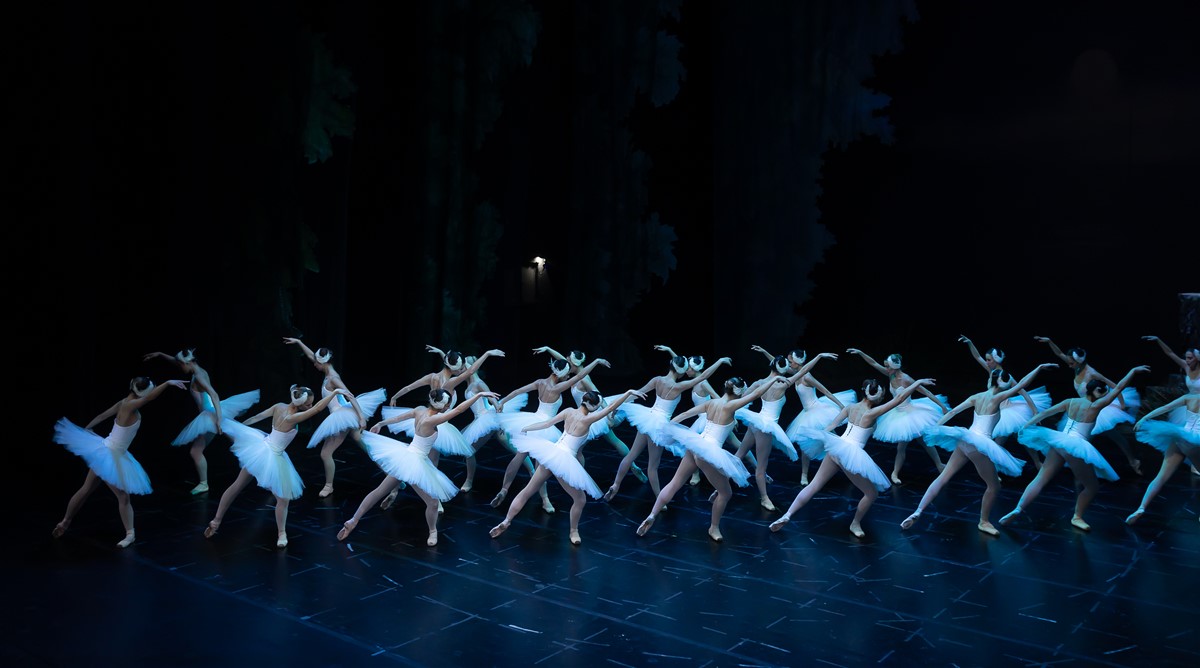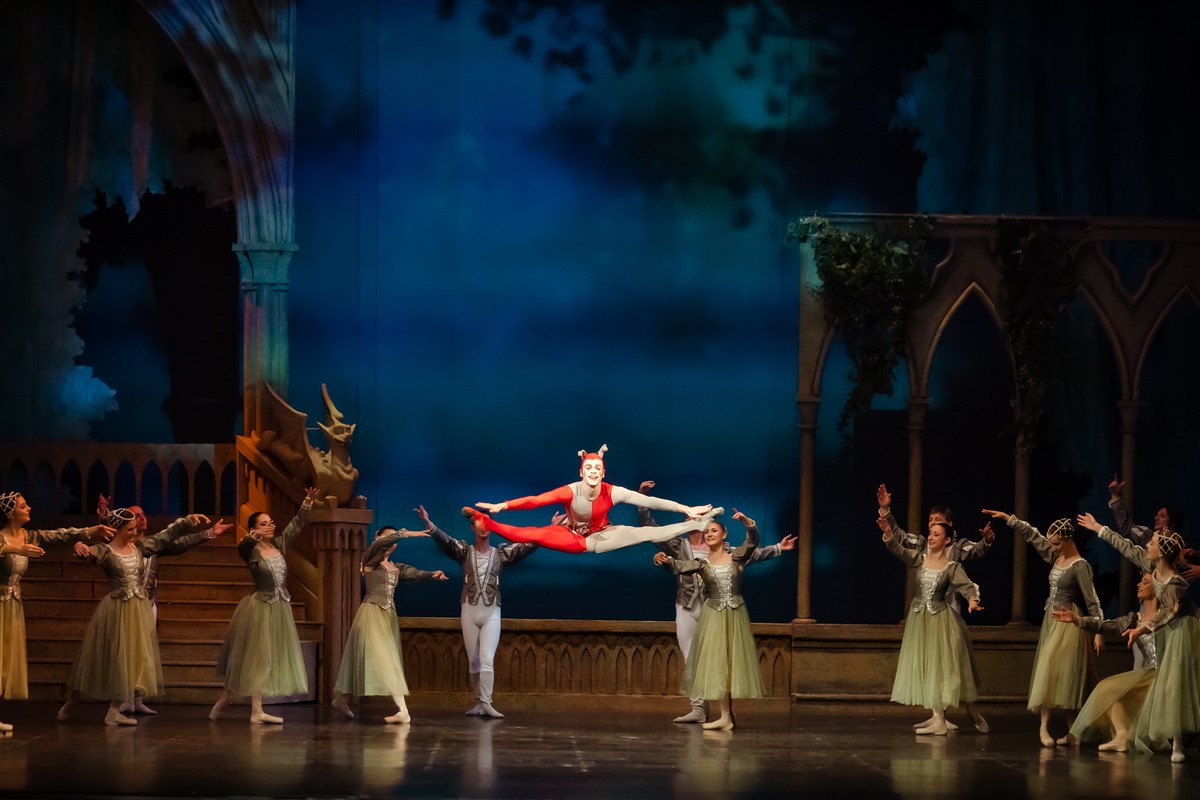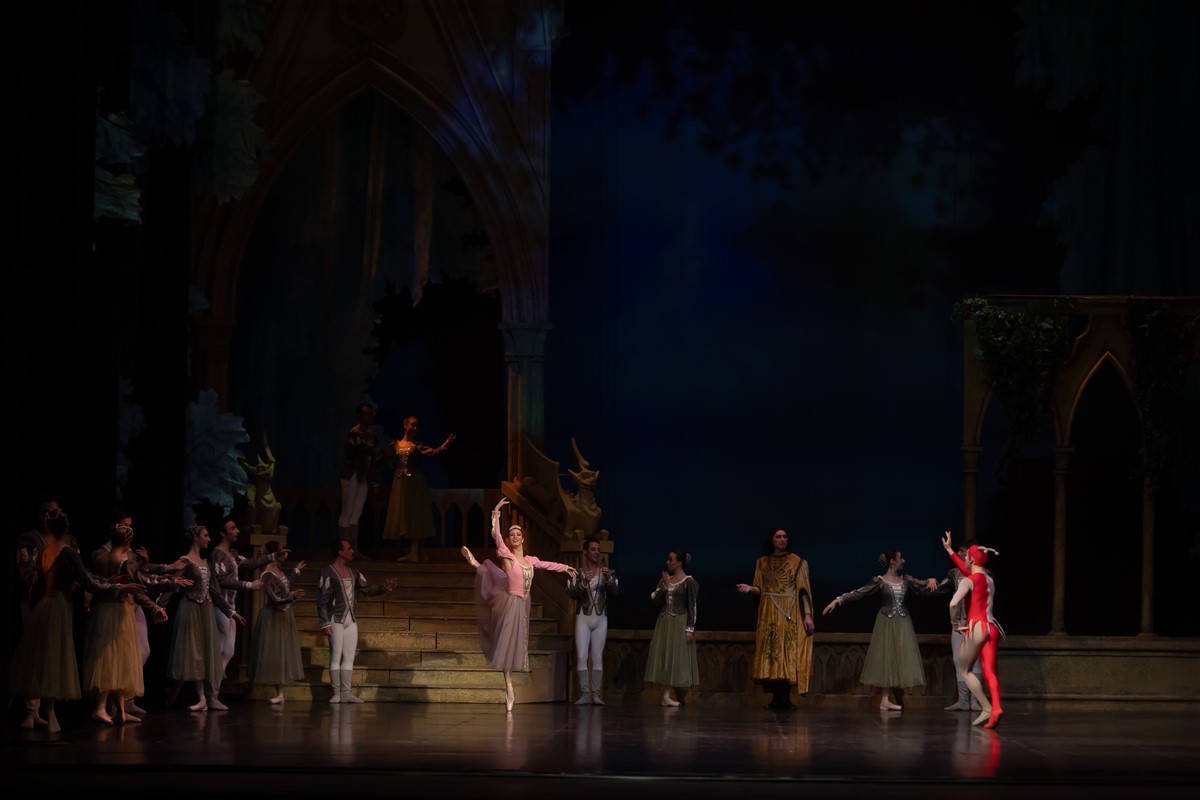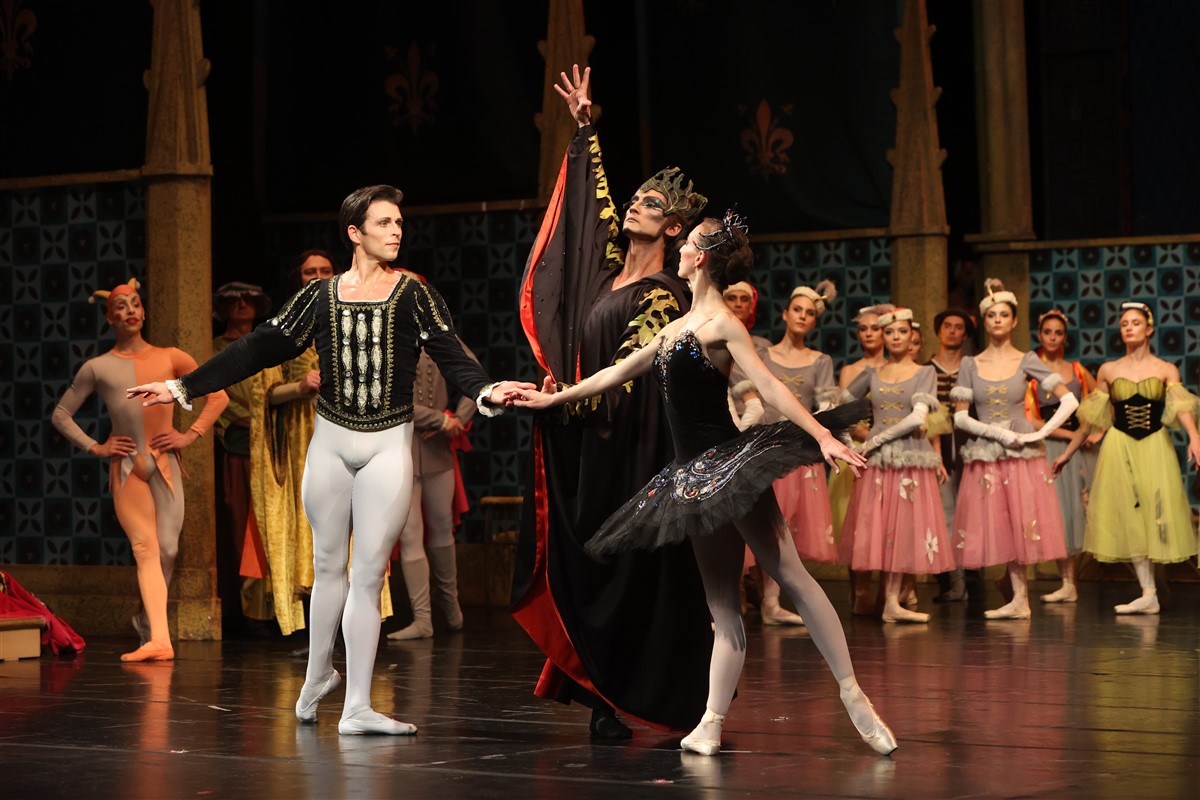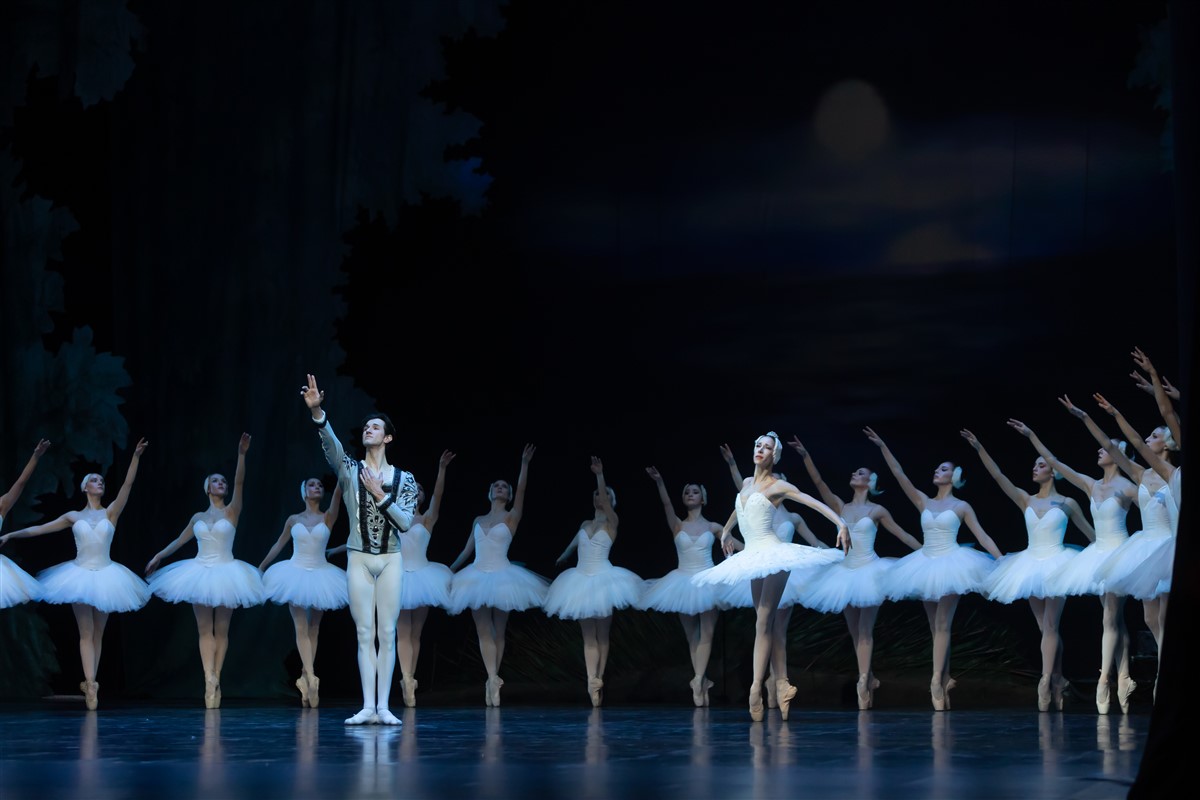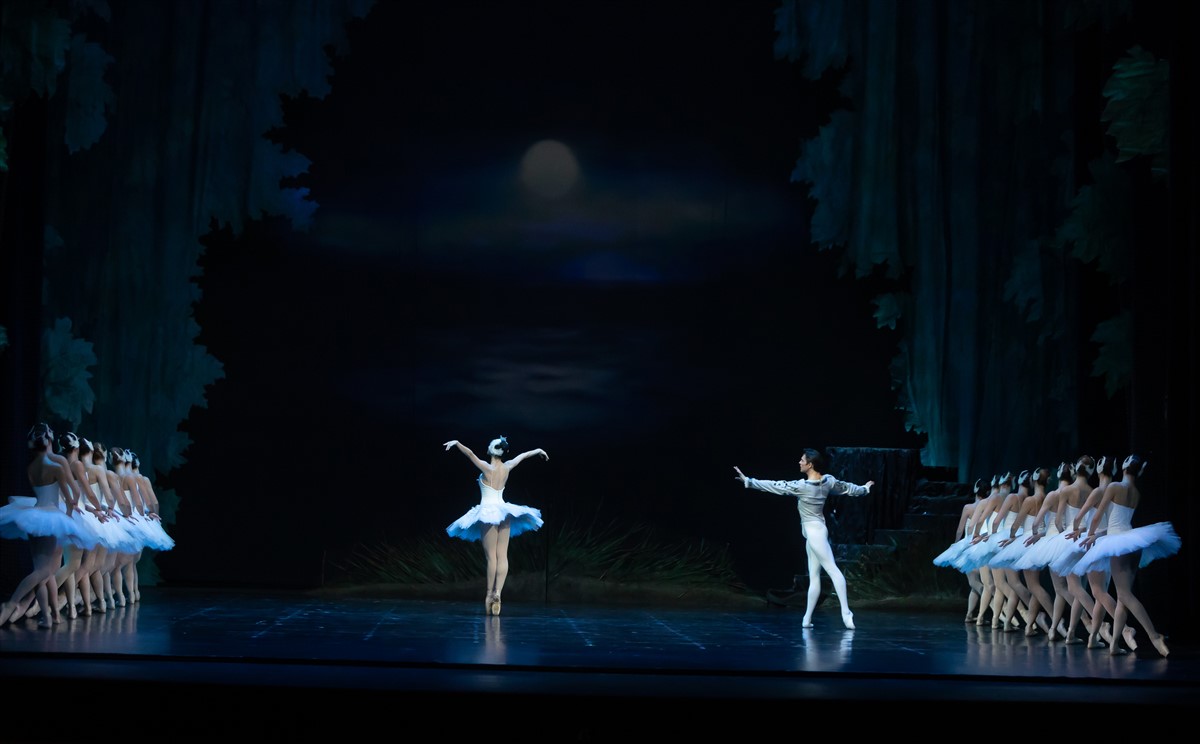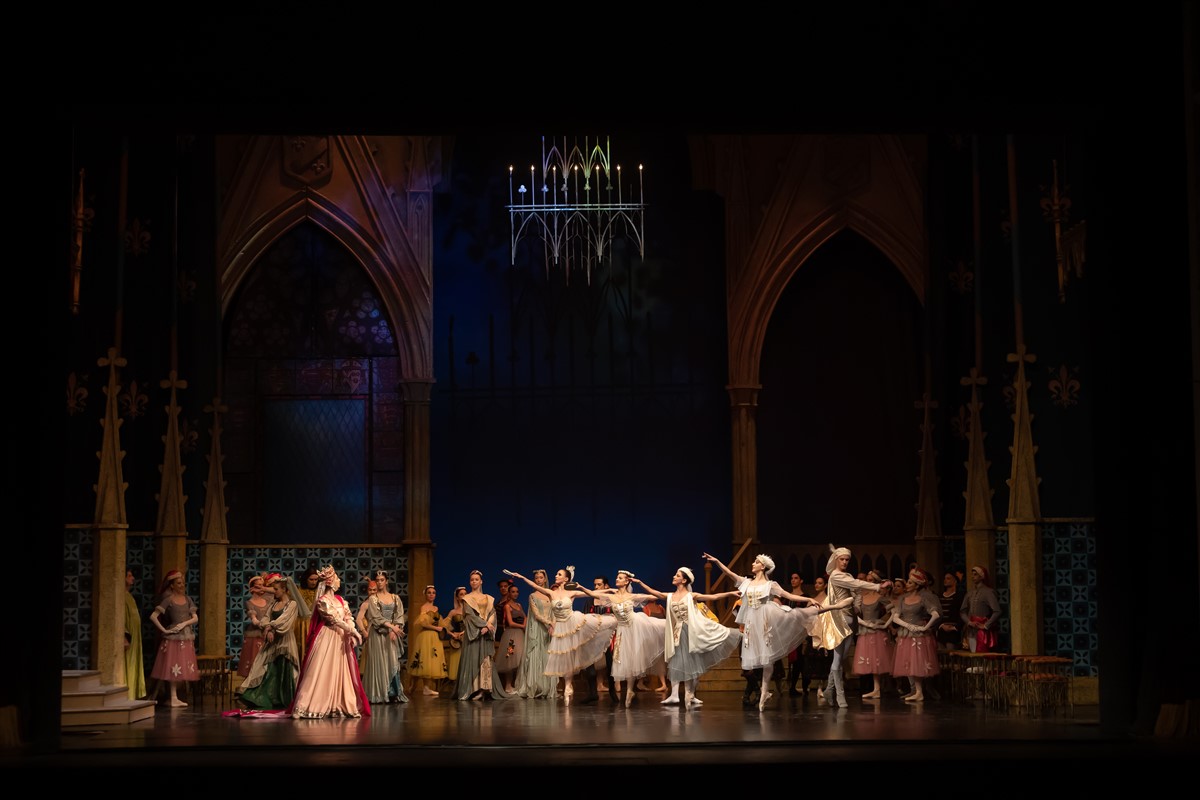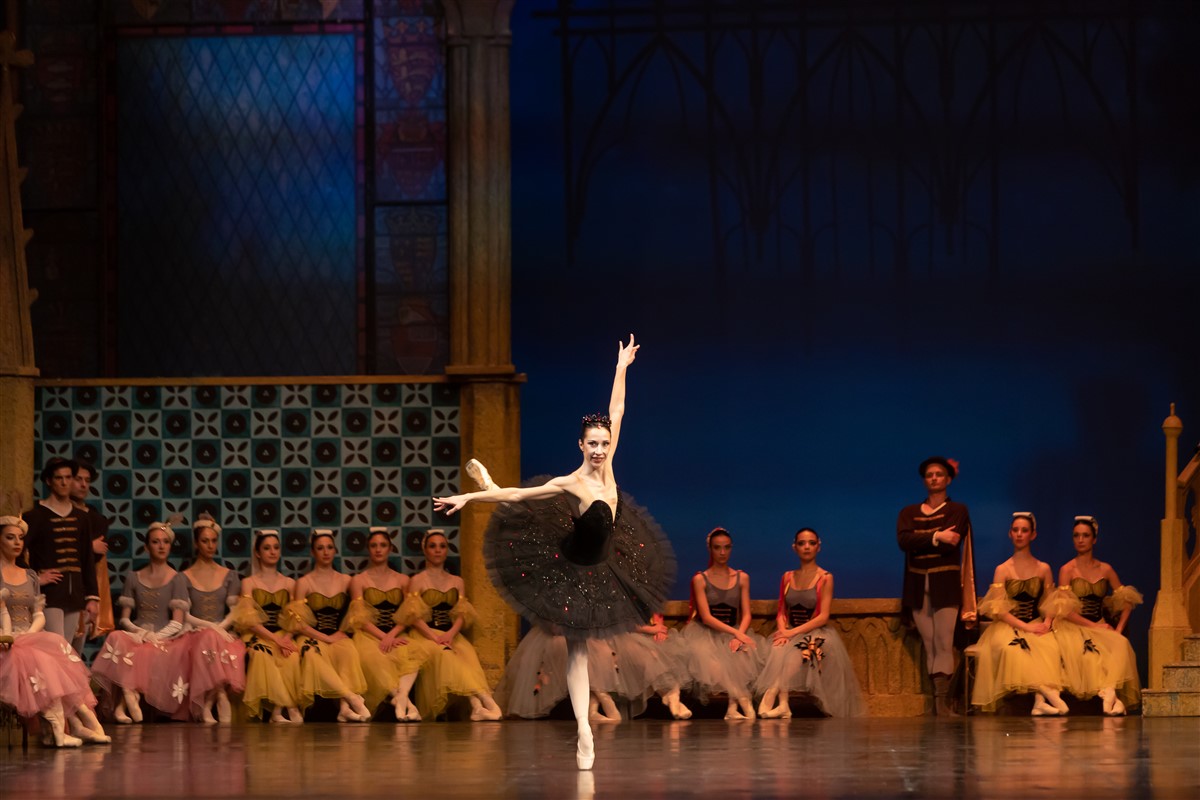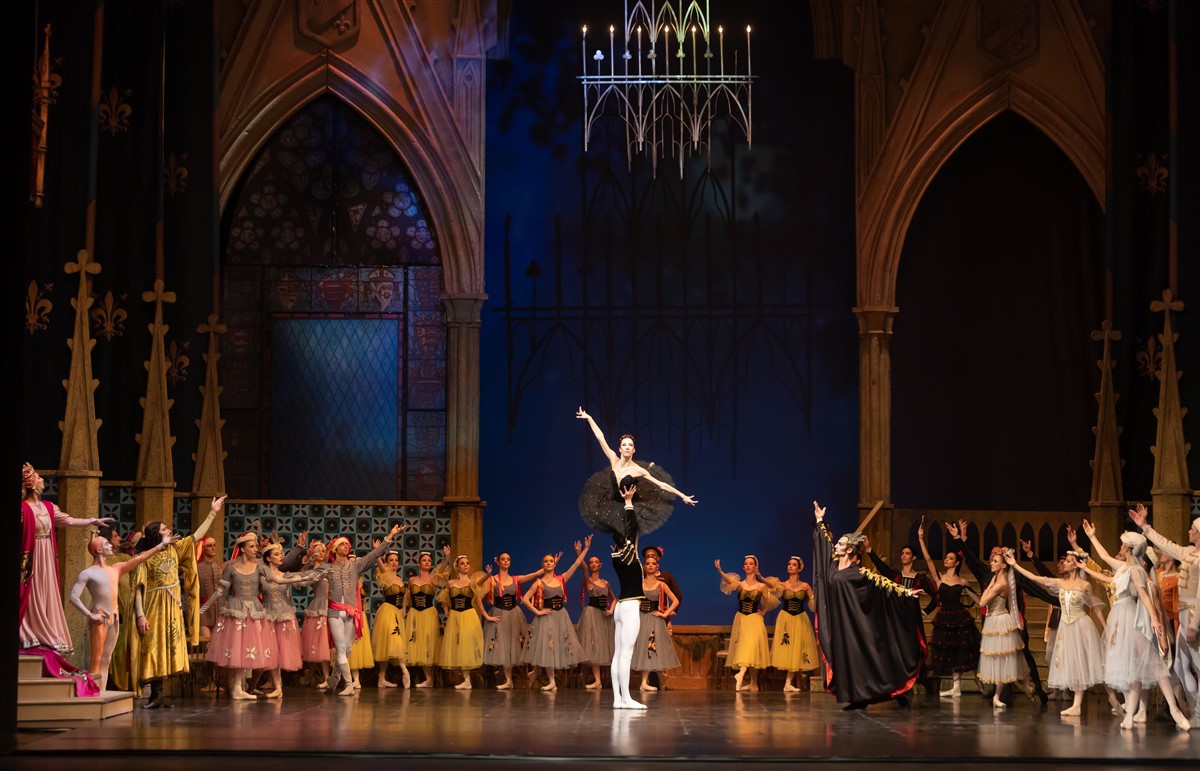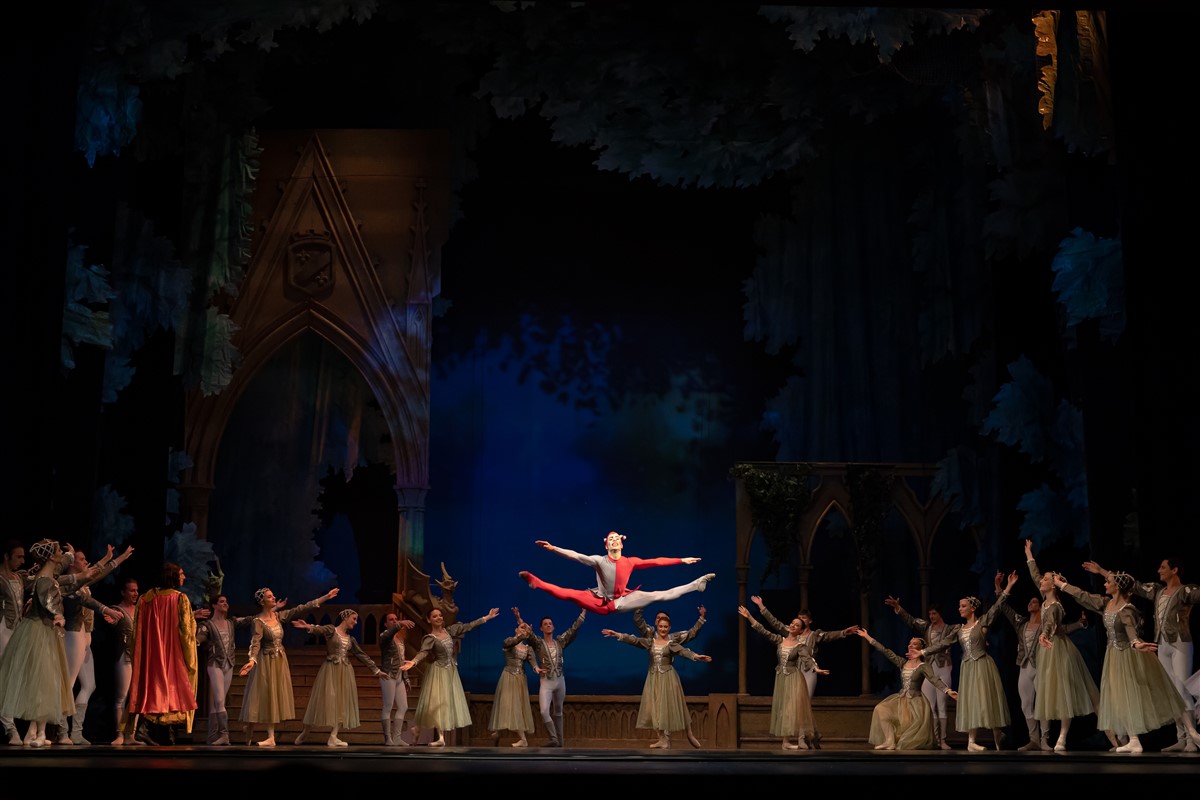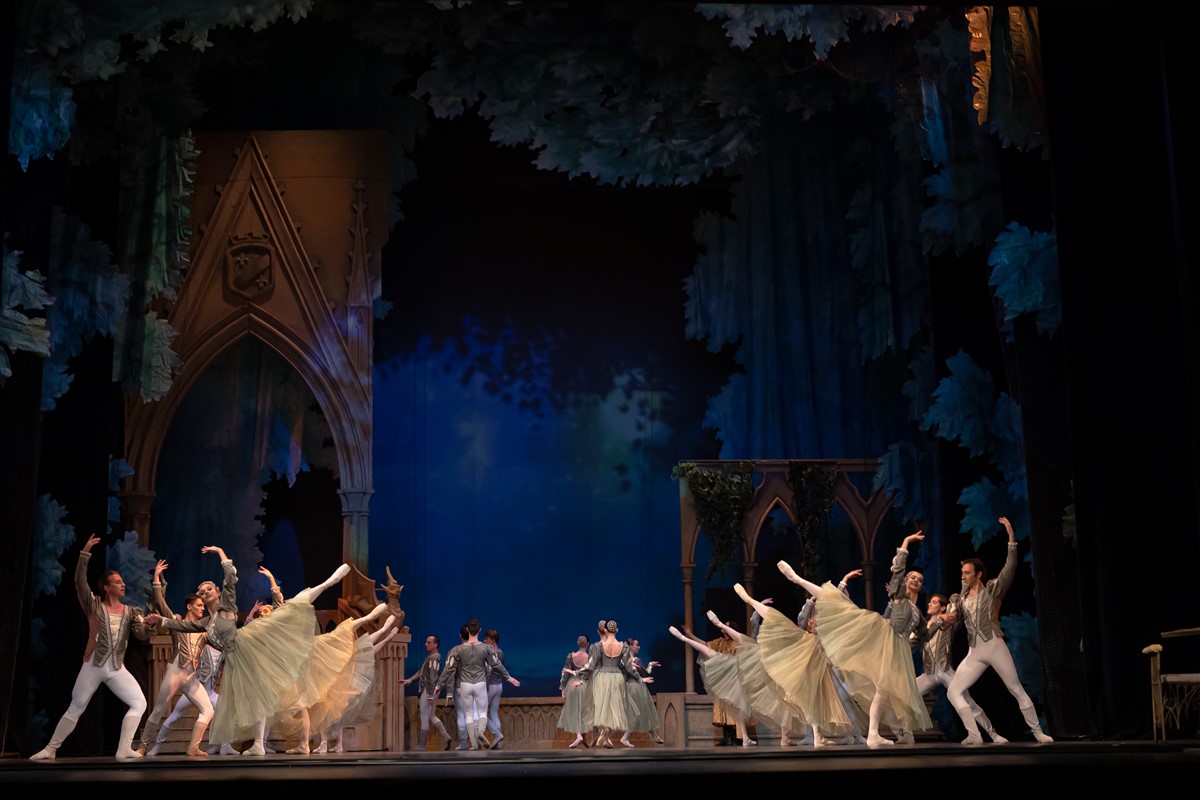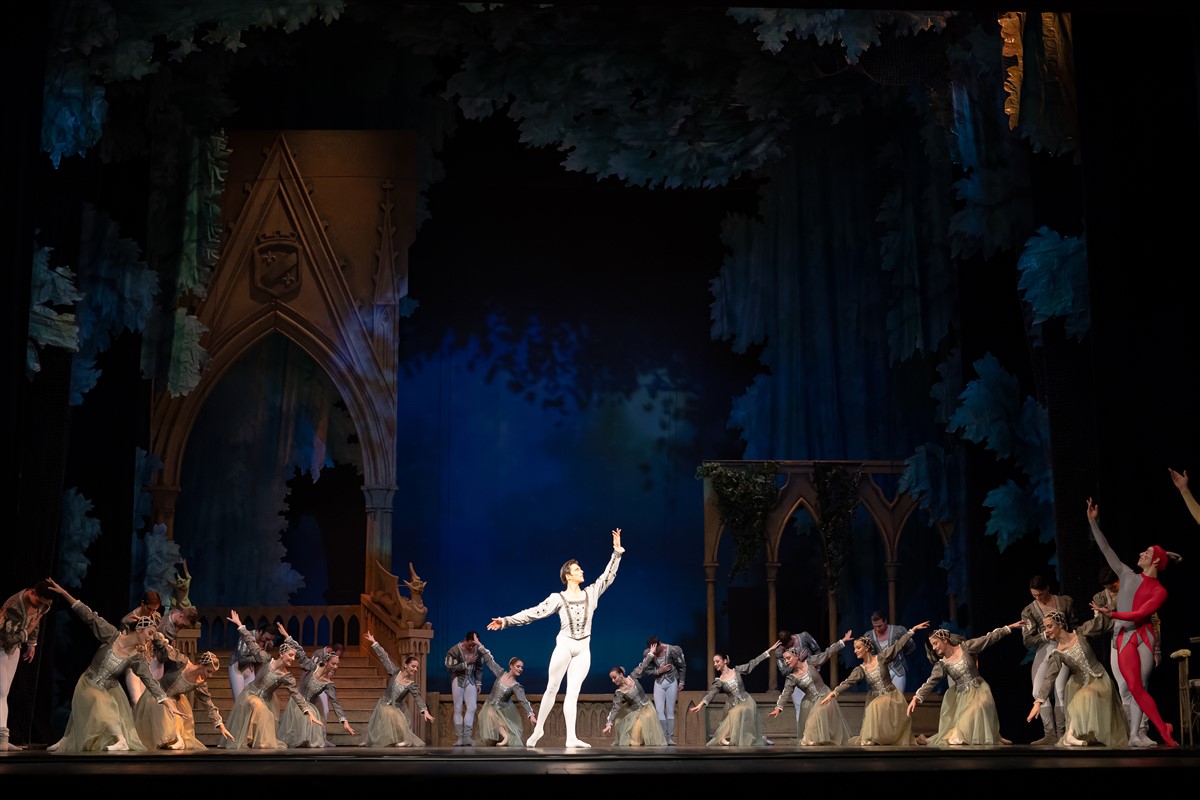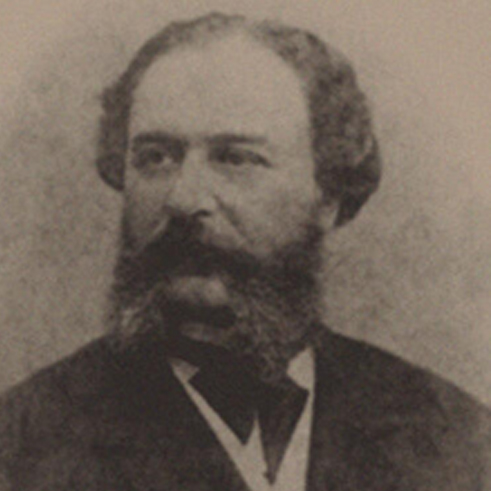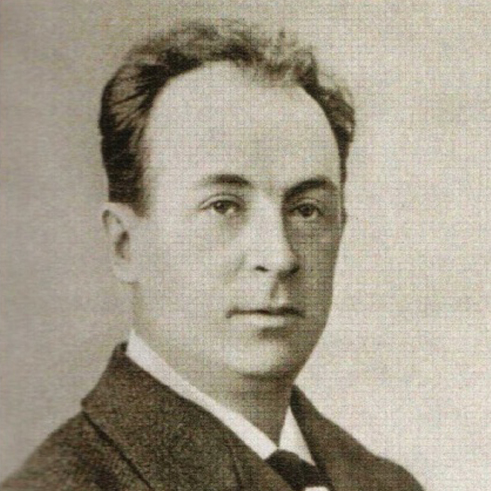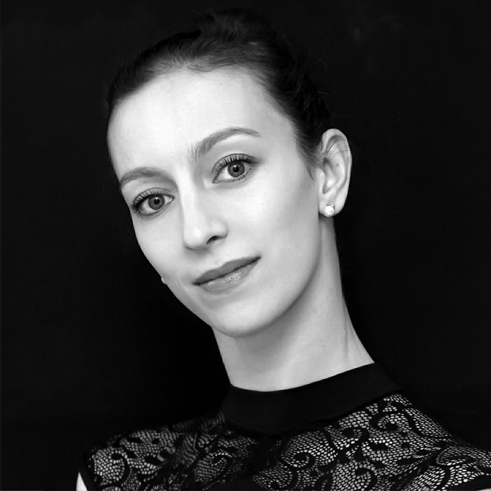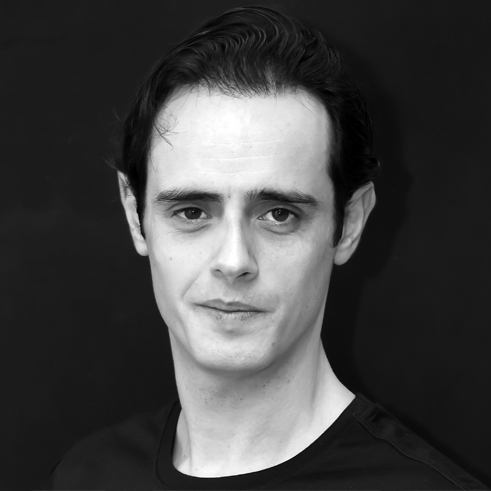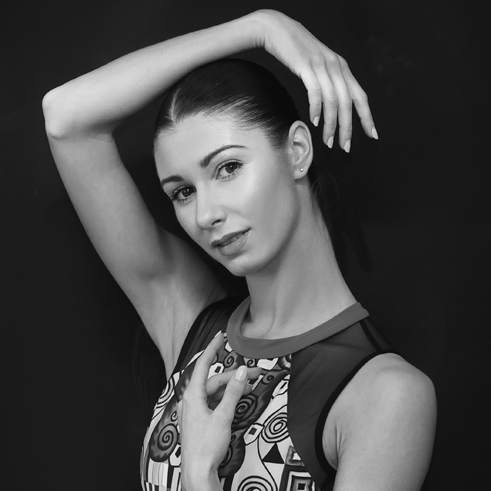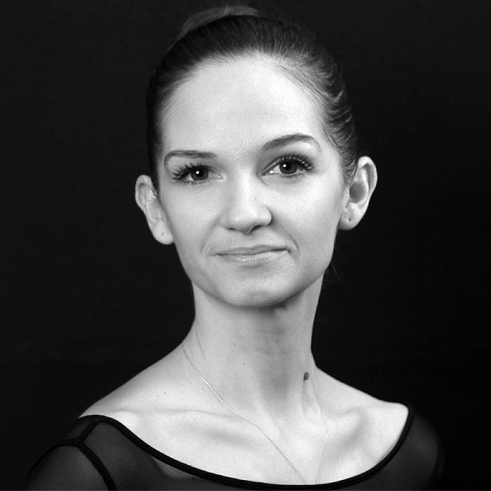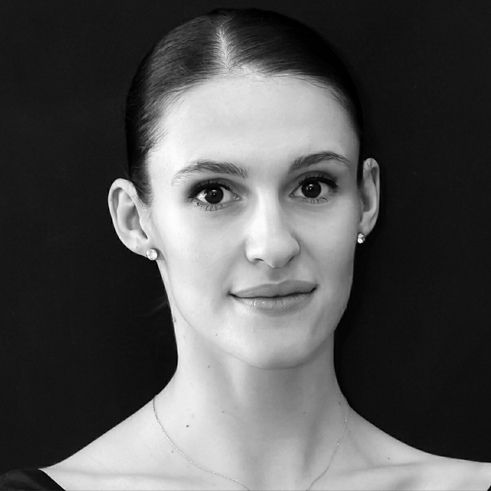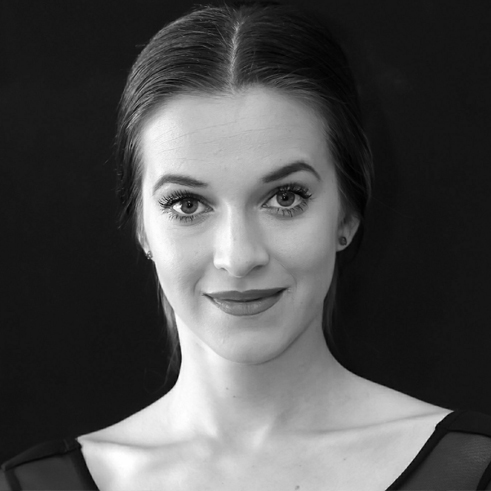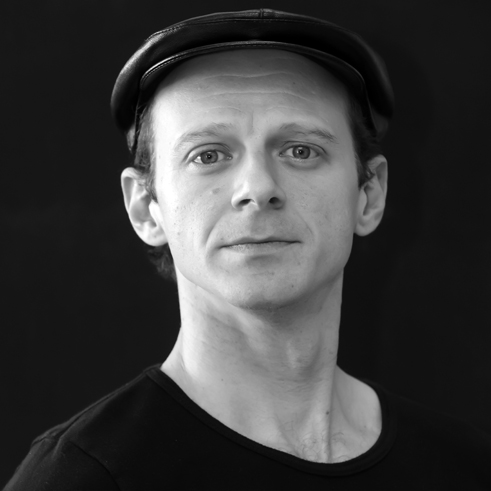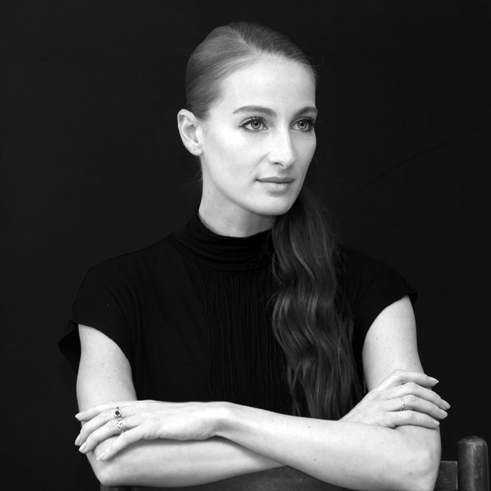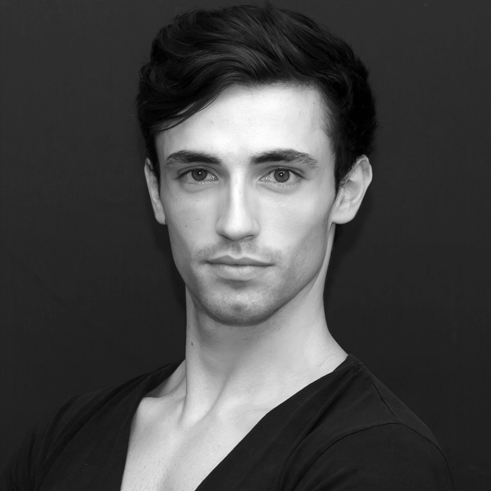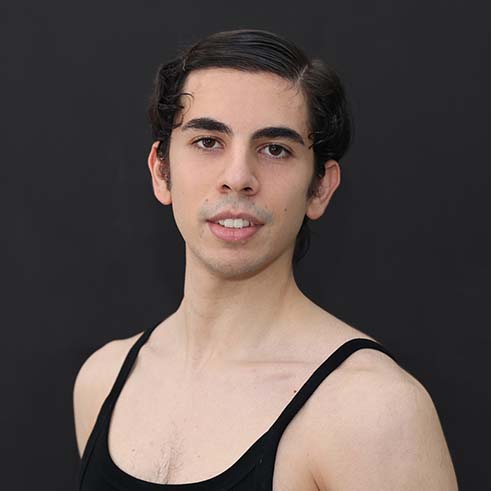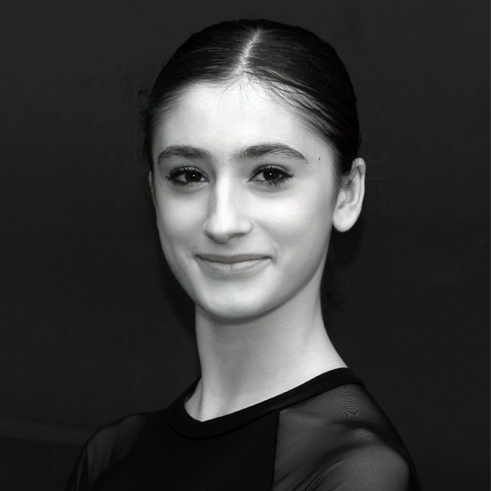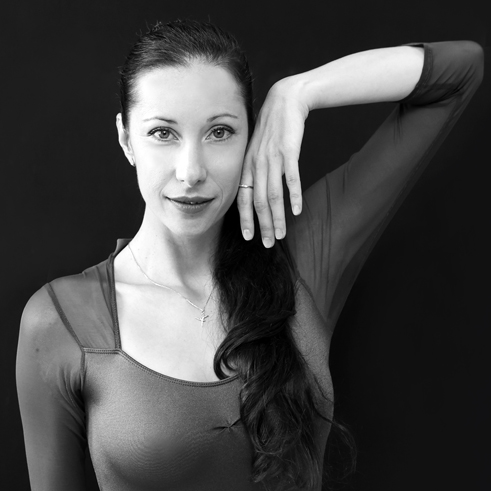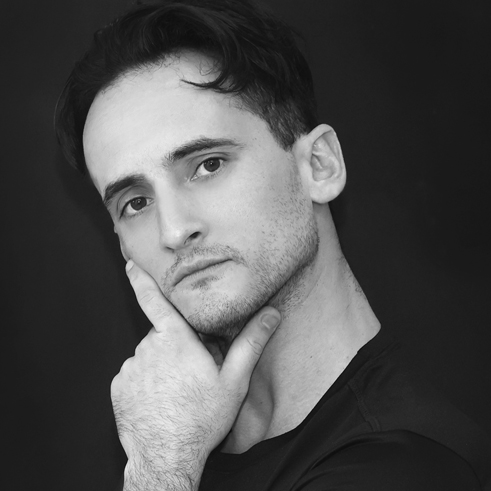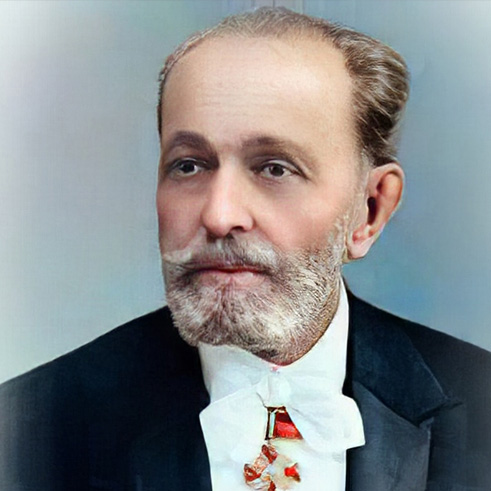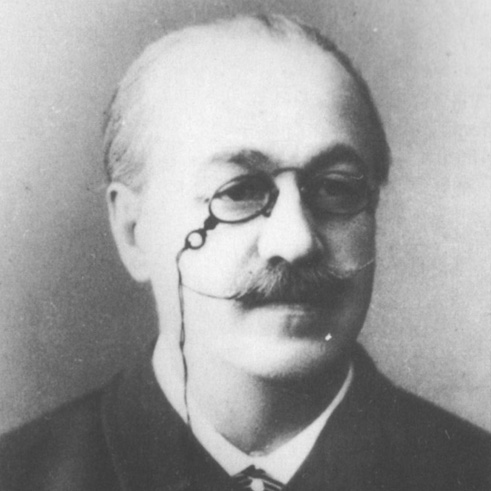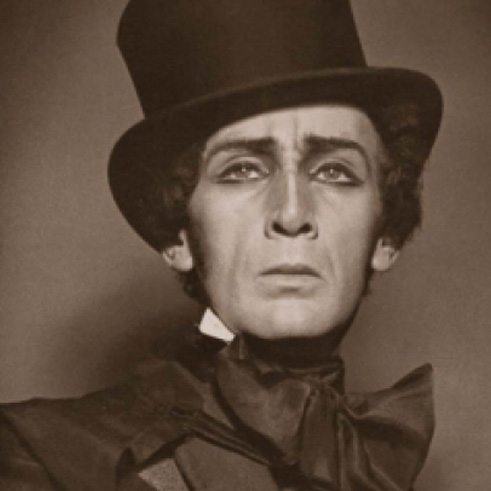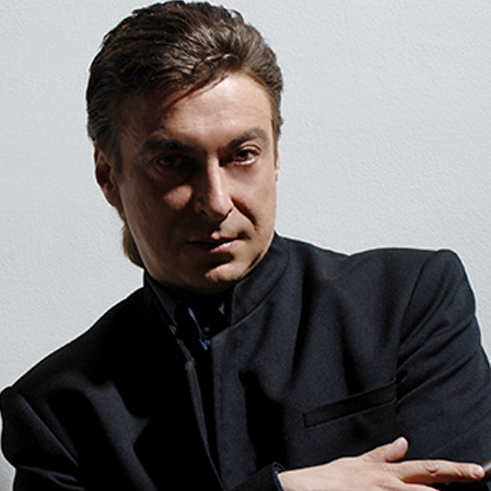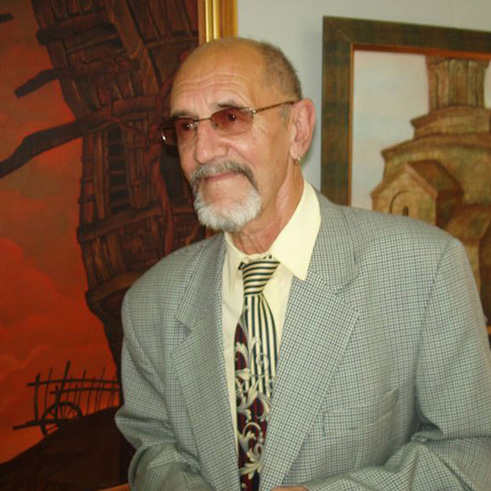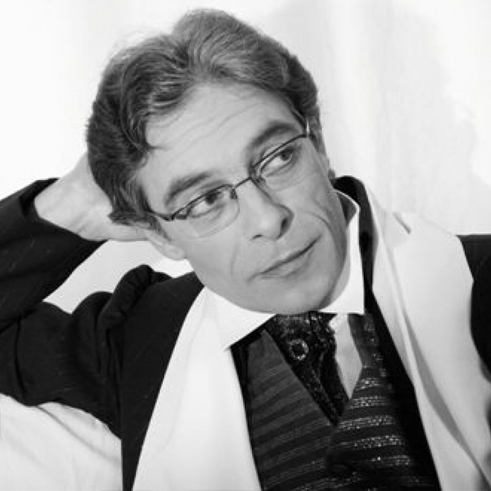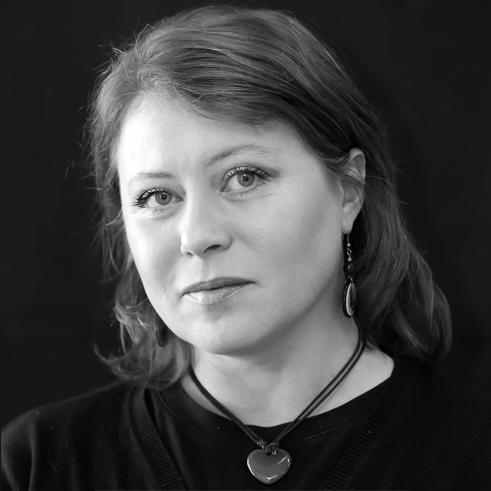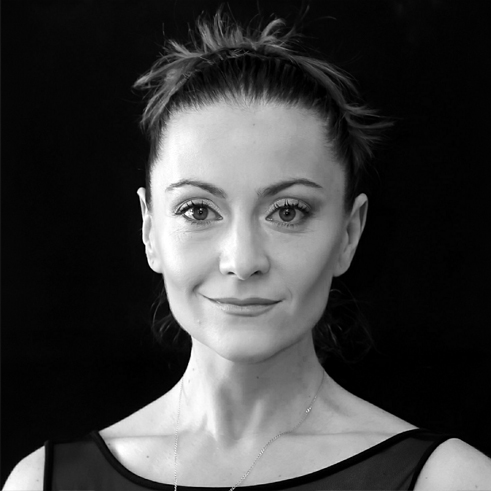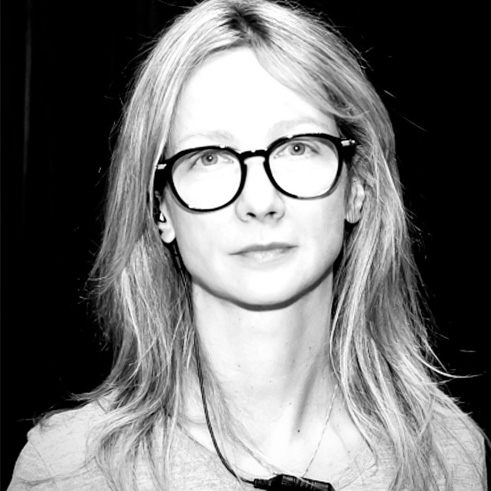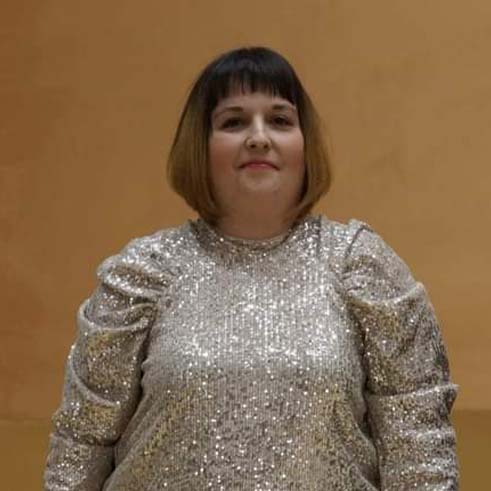SWAN LAKE
Ballet by Pyotr Ilyich Tchaikovsky

Preview
"Swan Lake" is the ballet of ballets."
"Swan Lake" began the history of Russian classical ballet".
"Swan Lake" is the most famous ballet with Tchaikovsky's most famous music. Everyone has in their mind the image of a pristine white swan, lost, ready to fly away, while the music is light and graceful."
"A symbol of romantic ballet, "Swan Lake" captivated and continues to enchant children and adults alike."
"Swan Lake" is for me a long dream of Prince Siegfried. One fuelled by romantic reads that exalt his desire for infinity, denying him the reality of power and marriage imposed on him by his tutor and mother. To avoid the grim fate that is in store for him, he brings into his life the image of the lake, the "elsewhere" he aspires to. An idealized love is born in his head with the prohibition it represents. But when the dream vanishes, the prince's reason cannot survive him." – Rudolf Nureyev.
Before the creation of Tchaikovsky's ballets, the main condition for the productions was to show the prima ballerina and her virtuosity in all her beauty. The other soloists and corps de ballet accompanied her. Tchaikovsky referred to the music that accompanied the ballets in Moscow as the "Square fabrications of Messrs Minkus and Punny". (Ludwig Minkus, Cesar Pugni) Pyotr Ilyich admired the music of Léo Delibes, Adolphe Adam and Riccardo Drigo. He particularly liked Adam's "Giselle", premiered in 1841, which uses leitmotifs for the characters or for certain relationships. When the composer decided to create his first ballet, some of his friends, such as Nikolai Rimsky-Korsakov, tried to dissuade him by suggesting that the undertaking was not worthy of his talent, and he retorted that there were only small musicians in music.
The world premiere of "Swan Lake" was on 4 March 1877 at the Bolshoi Theatre in Moscow. The production was a disappointment and only forty-one performances were given.
Marius Petipa recalls that he did not accept this fact and asked the director of the Imperial Theatre, Ivan Vsevolozhsky, to allow him to stage the ballet in St. Petersburg.
"He agreed and we started working on Tchaikovsky. So "Swan Lake" was a huge success."
But it was some time before the celebrated choreographer wrote this. In 1893 the composer died, and Petipa was so shocked that he left Lev Ivanov to finish the work. On 15 January 1895 at the Mariinsky Theatre was the premiere. Petipa created the choreography for the first and third acts and Ivanov for the second and fourth.
According to witnesses, Tchaikovsky's music caused problems for Petipa, who was used to composers he worked with conforming to his demands. Pierina Legnani was the first performer of Odette/Odile, and Paul Gerdt Prince Siegfried in the version by Petipa and Ivanov, which was used as the basis for subsequent revisions. Among them can be cited those of Agrippina Vaganova, Mikhail Fokine, Nikolai Sergeyev, Serge Lifar, Vladimir Burmeister, Fyodor Lopukhov, Yuri Grigorovich, Rudolf Nureyev, Mats Ek, Matthew Bourne, Alexander Ekman, to the most recent avant-garde views, such as those of Radu Poklicktaru.
The background of this work, so beloved and performed today, is quite convoluted. It begins in 1875, when the Bolshoi Theatre management offered Tchaikovsky the opportunity to compose the ballet "Swan Lake". The composer had shown interest in the subject, even beginning to compose "Cinderella", but never completing the work. Then, in the summer of 1871, he wrote a one-act ballet, "Swan Lake", for his sister Alexandra Davidova's children. Vladimir Begichev and Vasily Geltzer worked on the libretto for the Bolshoi Theatre, based on Johann Museus's "Magical Stories". They also include motifs from various legends and fairy tales. This is probably why it was thought that it was not quite appropriate. The patriarch of Russian ballet, Fyodor Lopukhov, called "Swan Lake" a "national ballet", as swans are mentioned in many Russian romantic stories. The folk tale "The White Duck" is also quoted. Tchaikovsky's contemporaries say that he was very interested in the life of Ludwig II of Bavaria, whose tragic fate is often symbolized by a swan.
The choreography was created by the Czech Julius Reisinger, who did not shine with much skill and did not understand Tchaikovsky's music well enough. The composer completed the score on 10 April 1876, which is noted on the last page. At the Bolshoi Theatre rehearsals had already begun. Initially the prima ballerina Anna Sobeshchanskaya was to dance, but due to a misunderstanding with Tchaikovsky the role of Odette was given to Polina Karpakova. The whole conflict arose because the composer refused the virtuoso solo in the third act requested by the performer. Later Tchaikovsky was willing to compromise, but too late.
In the St. Petersburg production that launched the ballet's worldwide career, one of the most attractive scenes is the thirty-two fouettés of Odile. They were Pieretta Lenyani's crowning number, as only she performed them. According to testimonies, a part of the audience, did not accept this as art and thought it was rather acrobatics. Today, the fouettés are awaited by all admirers.
After the successes of "The Sleeping Beauty" (1890) and "The Nutcracker" (1892), there was interest in "Swan Lake". Tchaikovsky authorized his brother Modest Tchaikovsky and the composer Riccardo Drigo to make the necessary corrections. The work went well, but due to the death of Tsar Alexander III they postponed the premiere until early 1985. After the triumph in St. Petersburg, the journey on the world stages began.
It premiered at the Sofia Opera on 5 February 1937 with choreography by Lydia Valeva. Conducted by Venedikt Bobchevsky, the designer is Pencho Georgiev. The first performers of the roles were Elena Voronova as Odette, Nina Kiradzhieva as Odilie, Prince Siegfried was Anastas Petrov, and Rothbart was Georgi Besarabov – an artist at the National Theatre.
A new production was made by Anastas Petrov on 10 February 1956, with Emil Karamanov at the podium and Assen Popov and Ani Hadzhimisheva as the designers.
The current production of the Sofia Opera is based on the choreography by Petipa-Ivanov in the 1996 edition by Oleg Danovsky. The conductor is Andrey Galanov, In the main roles in the two performances on 12 and 13 May will dance respectively Marta Petkova and Nikola Hadjitanev; Boryana Petrova and Emil Yordanov.
Danovsky's previous production was on 11 February 1967. The orchestra was conducted by Nedyalko Nedyalkov and the designer was Jon Ipser. In 1996 Oleg Danovsky worked with conductor Boris Spasov and designer Ivan Savov. The premiere is on 14 June.
